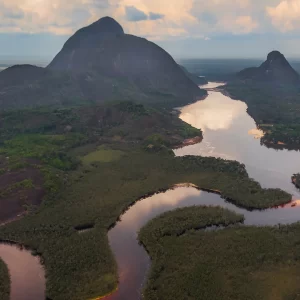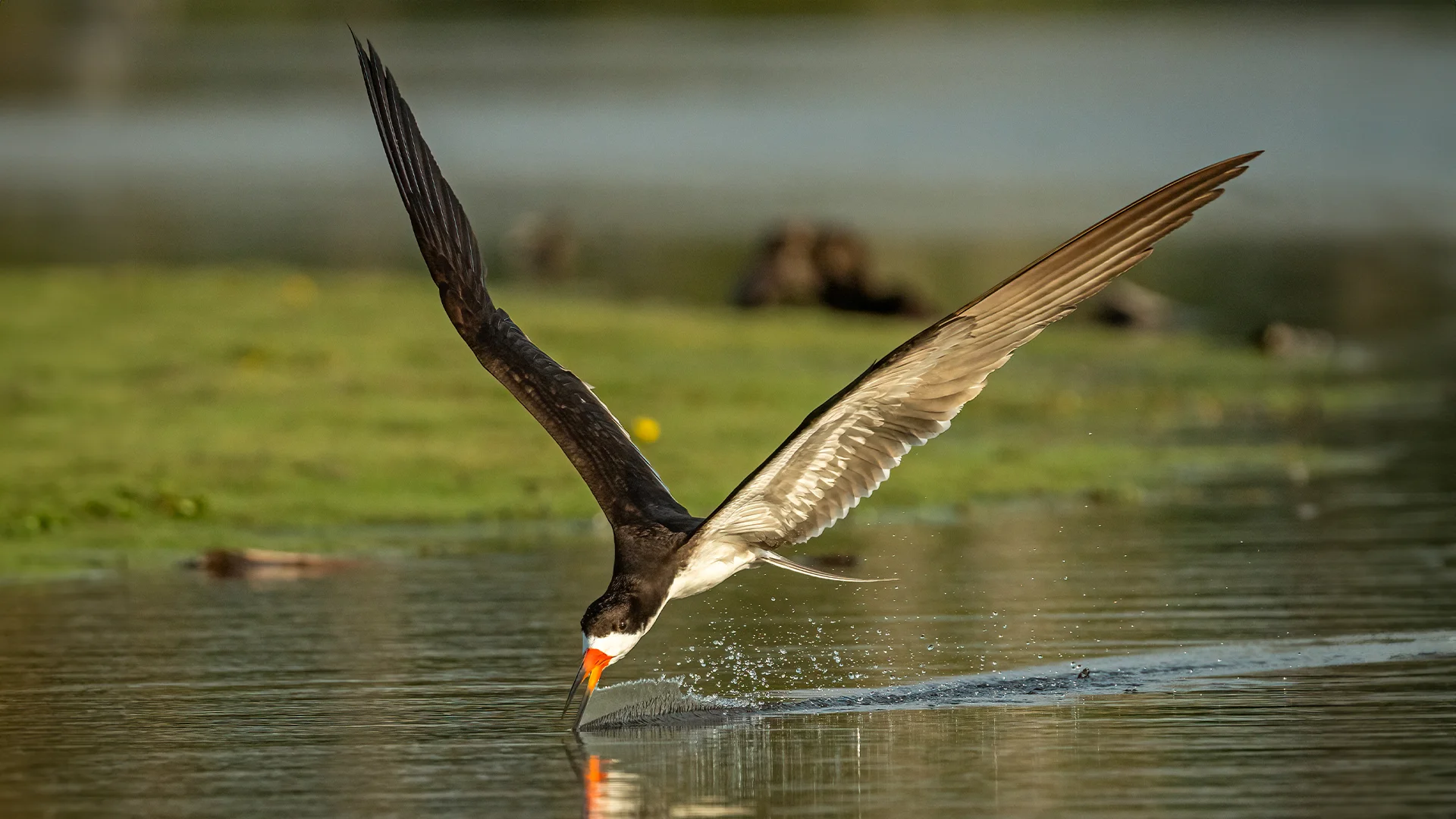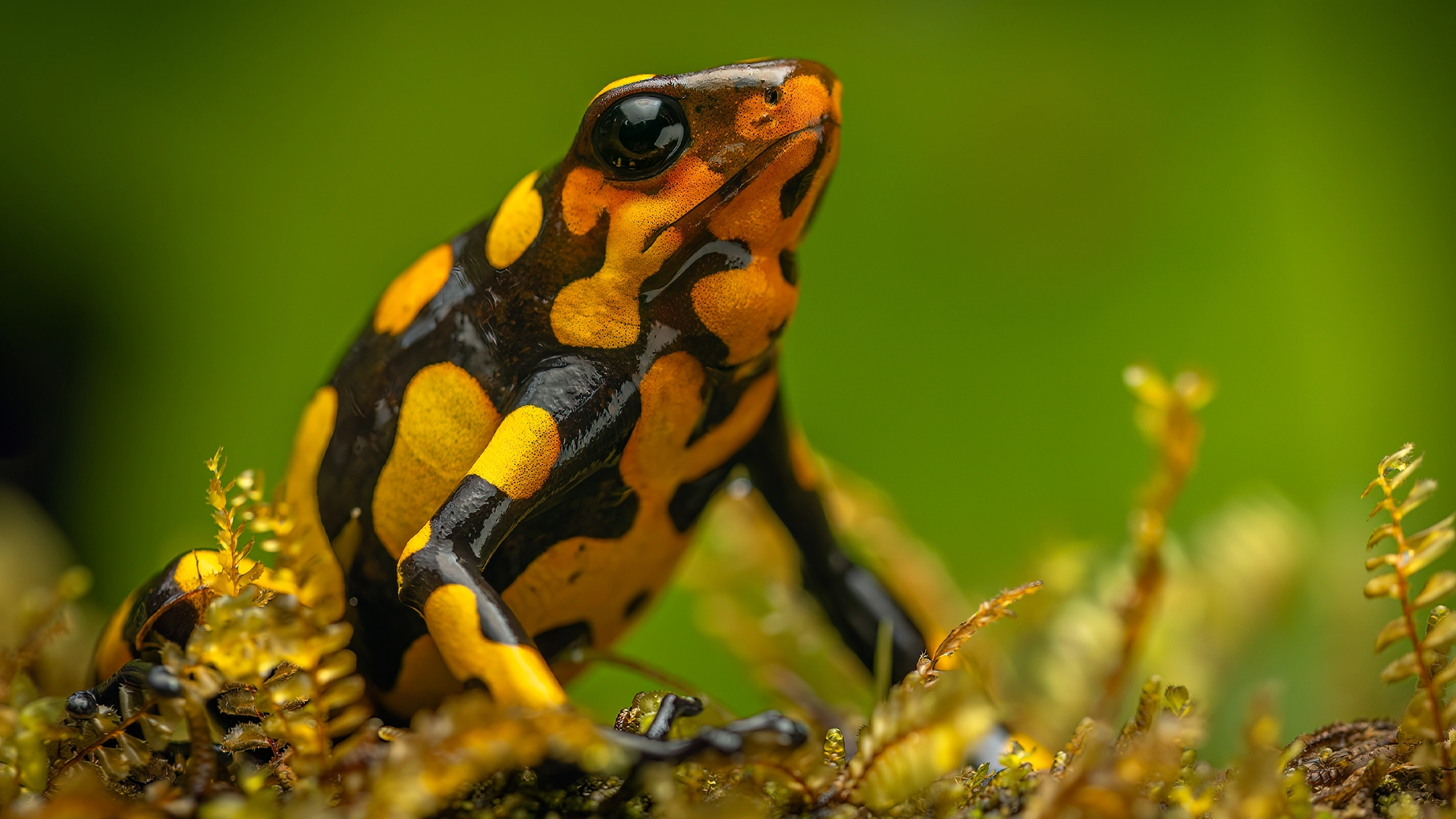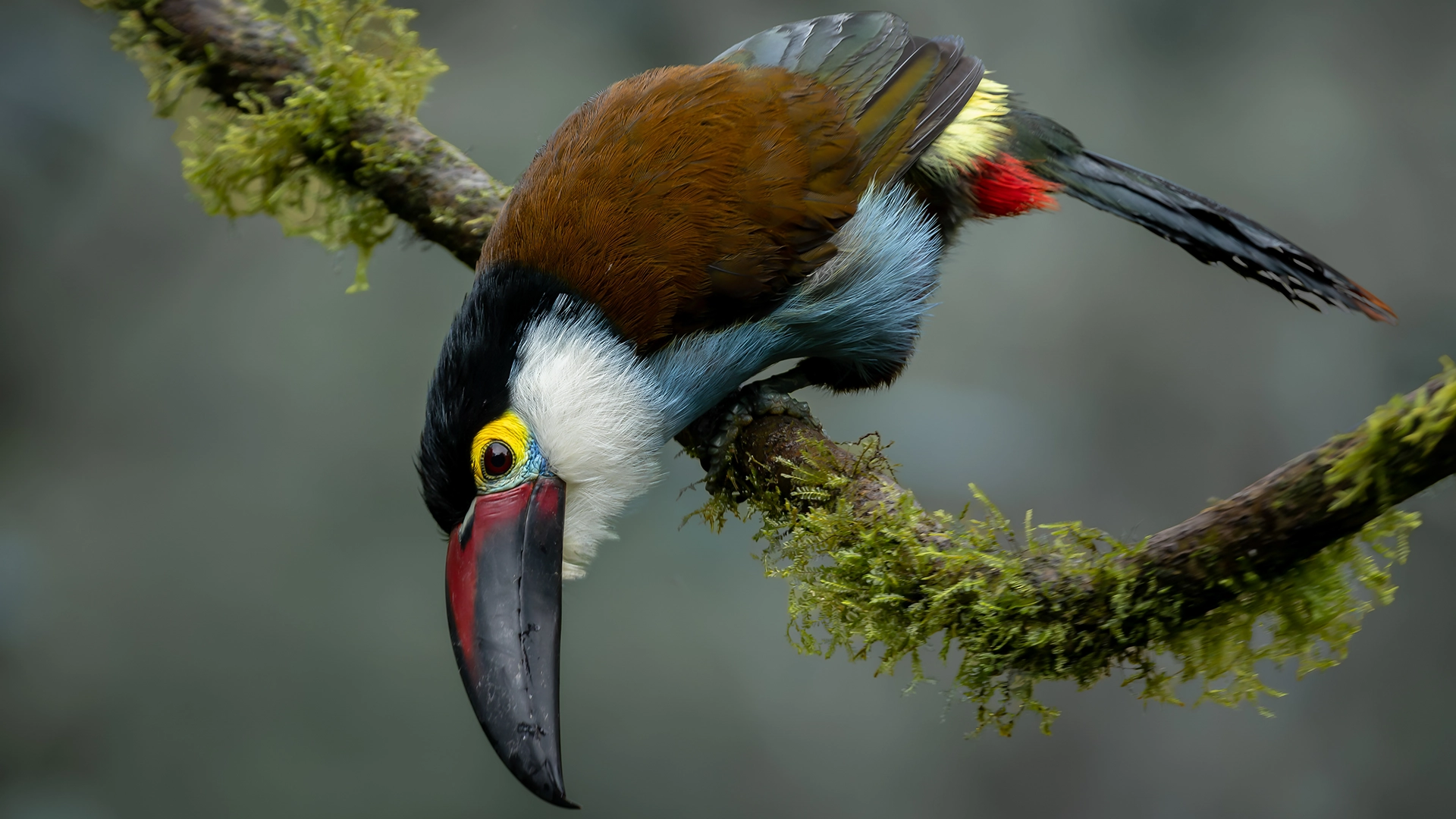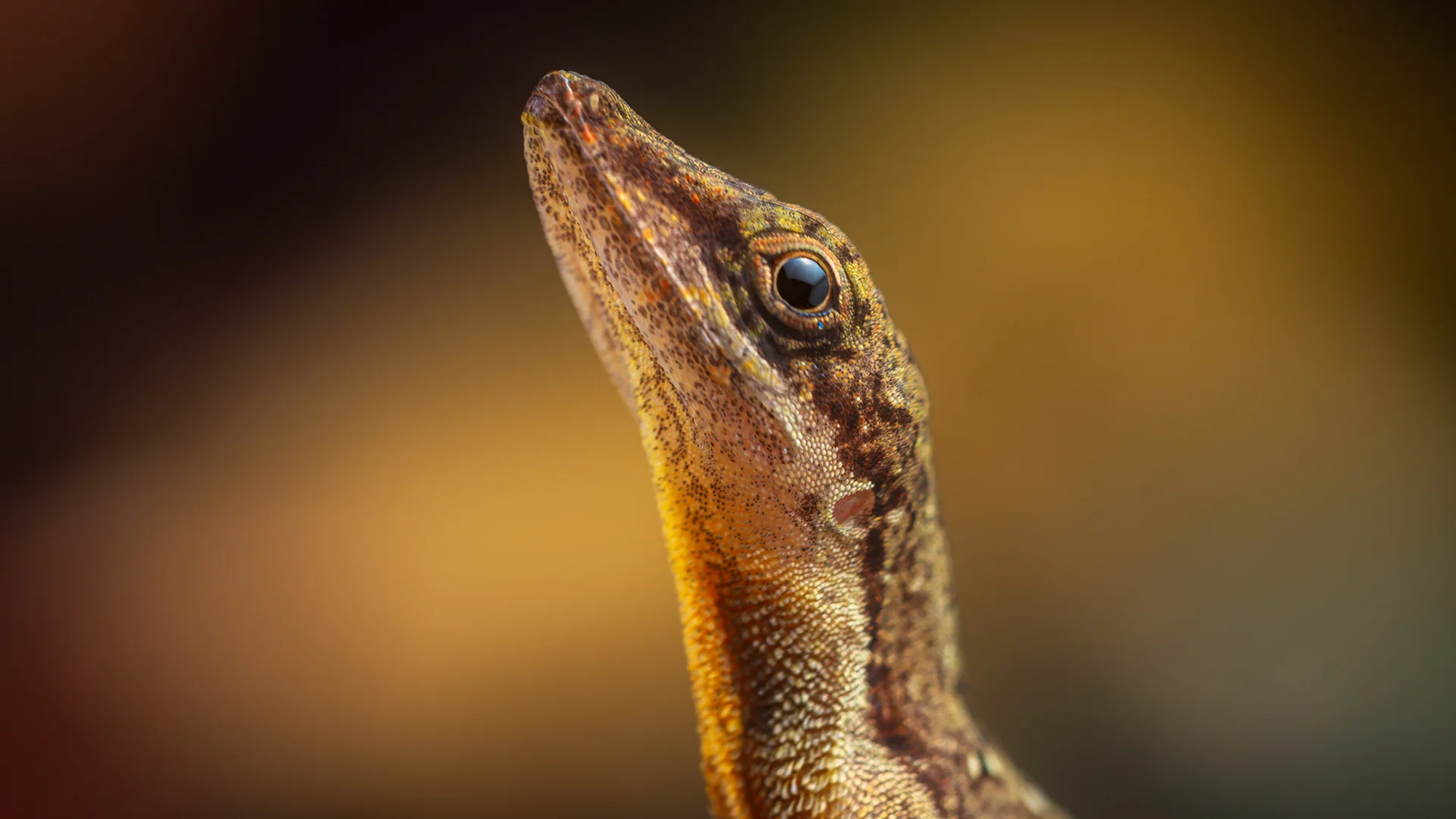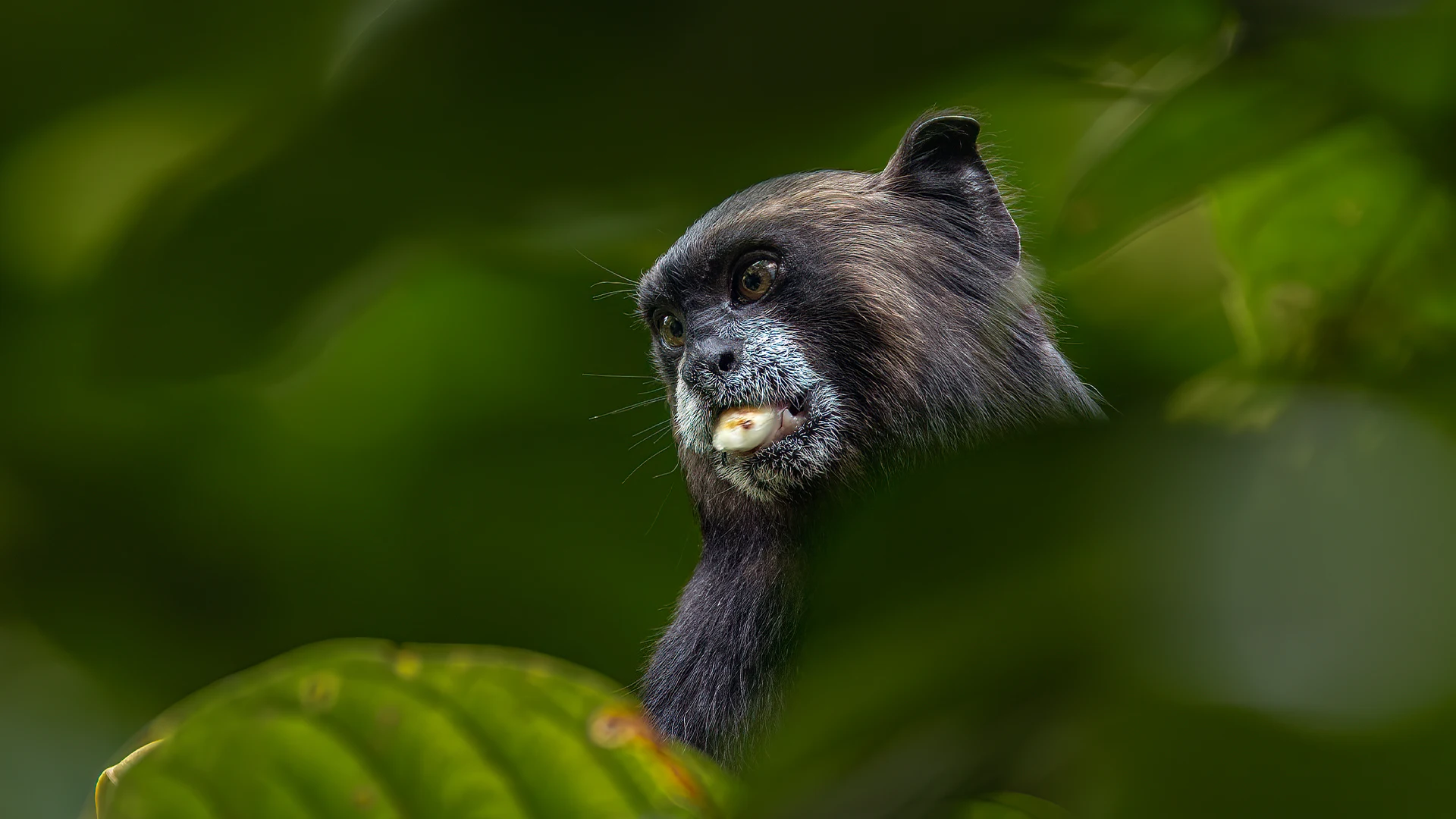ORINOCO
KEEPING NATURE TOURS
ORINOCO REGION
Between the Savannah and sunsets of fire
To get to know the Orinoco region of Colombia is to enter a unique world for nature photography lovers. The local fauna unfolds freely, offering countless opportunities to capture breathtaking images.
The herds of Casanare are amazing scenery, with golden sunrises revealing the activity of large mammals and lagoon birds. During this experience, the advice of specialized photographers will allow you to capture images of wildlife in action and birds in flight, sunrises and sunsets.
The sunsets are equally captivating, with orange skies reflected in lagoons, followed by starry nights in the dry climate.
In addition, the biological corridors take you to wilder areas, where you can observe species from both the Orinoco and the Amazonproviding a unique experience for bird, snake and reptile lovers.
We are very passionate about photography, we will work together to help you capture memorable moments. If you are looking for an adventure in nature and contribute to the conservation of unique species, we look forward to seeing you on our next expedition to the Orinoco.
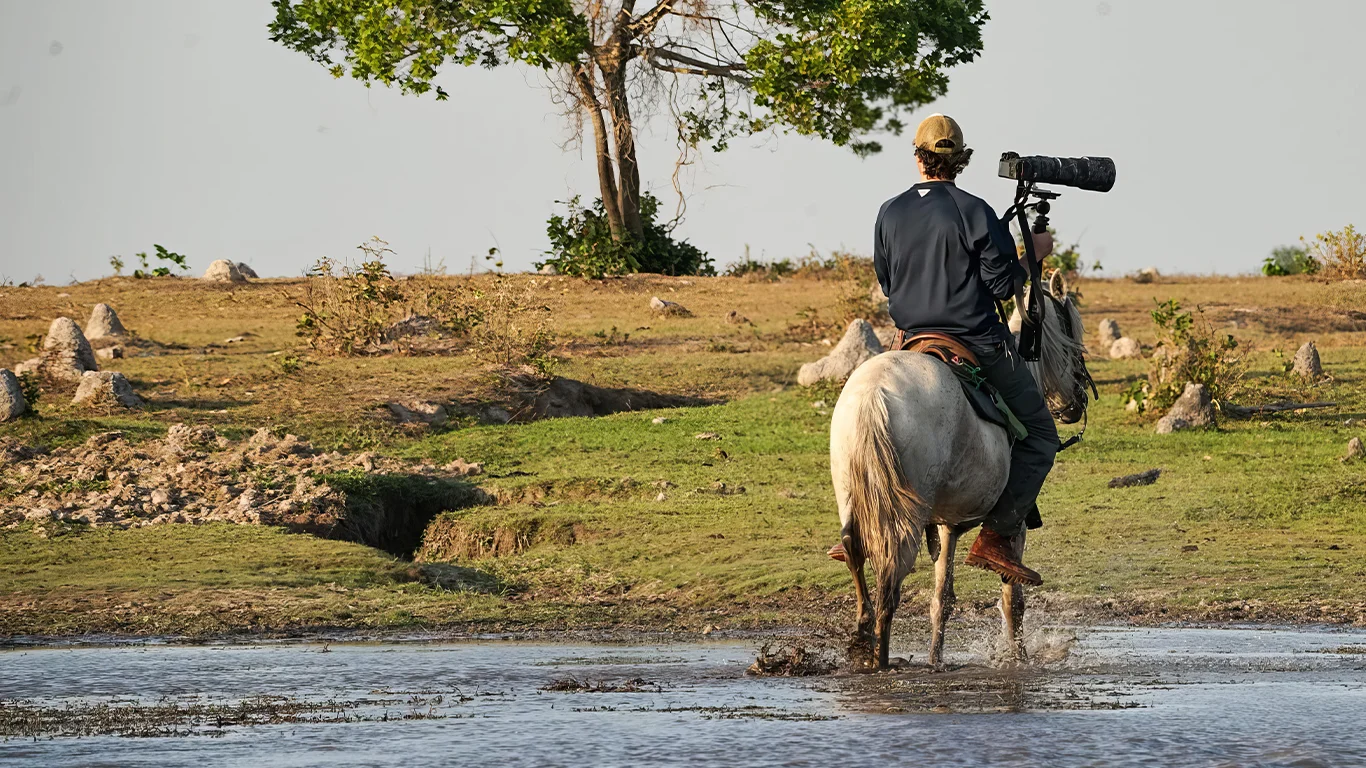
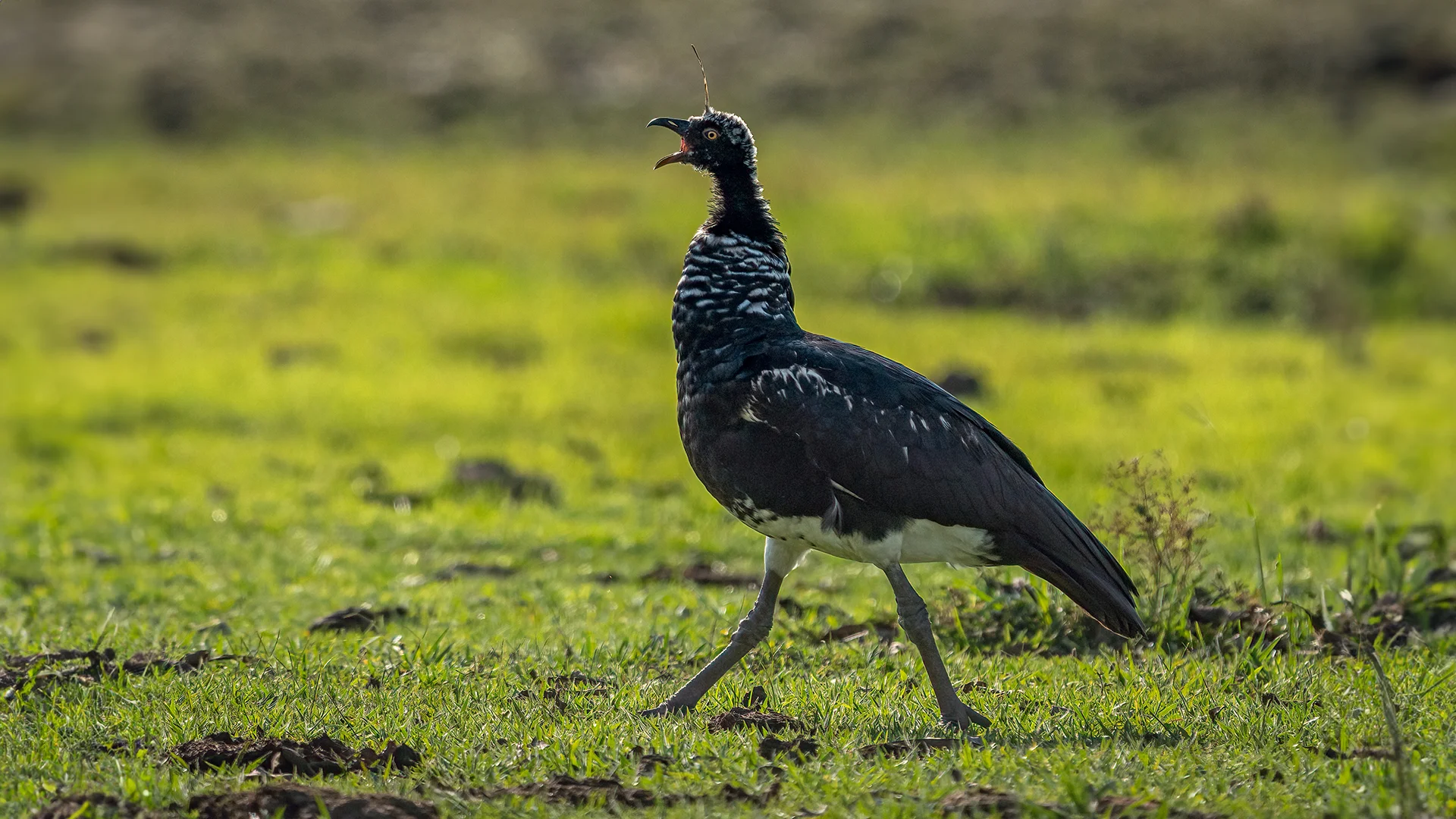
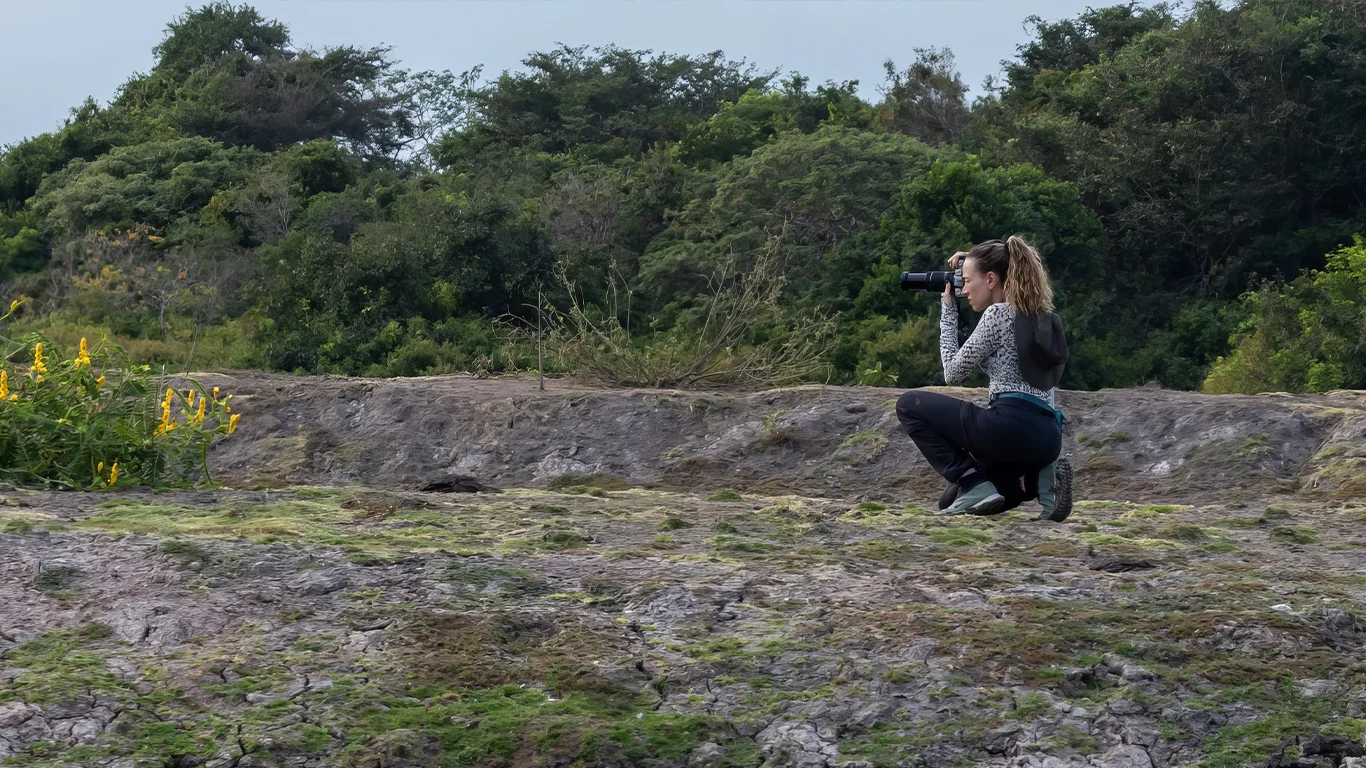
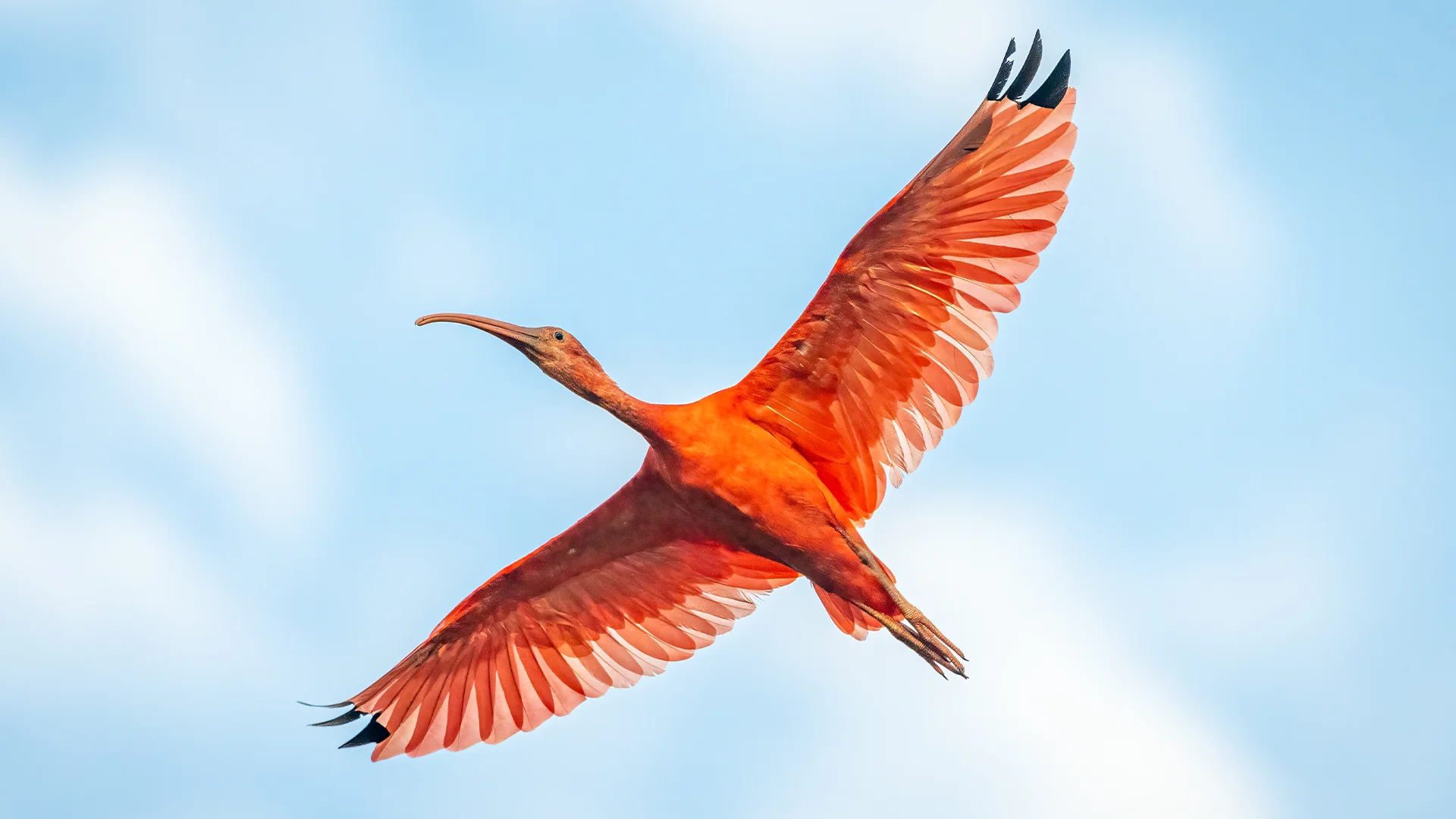
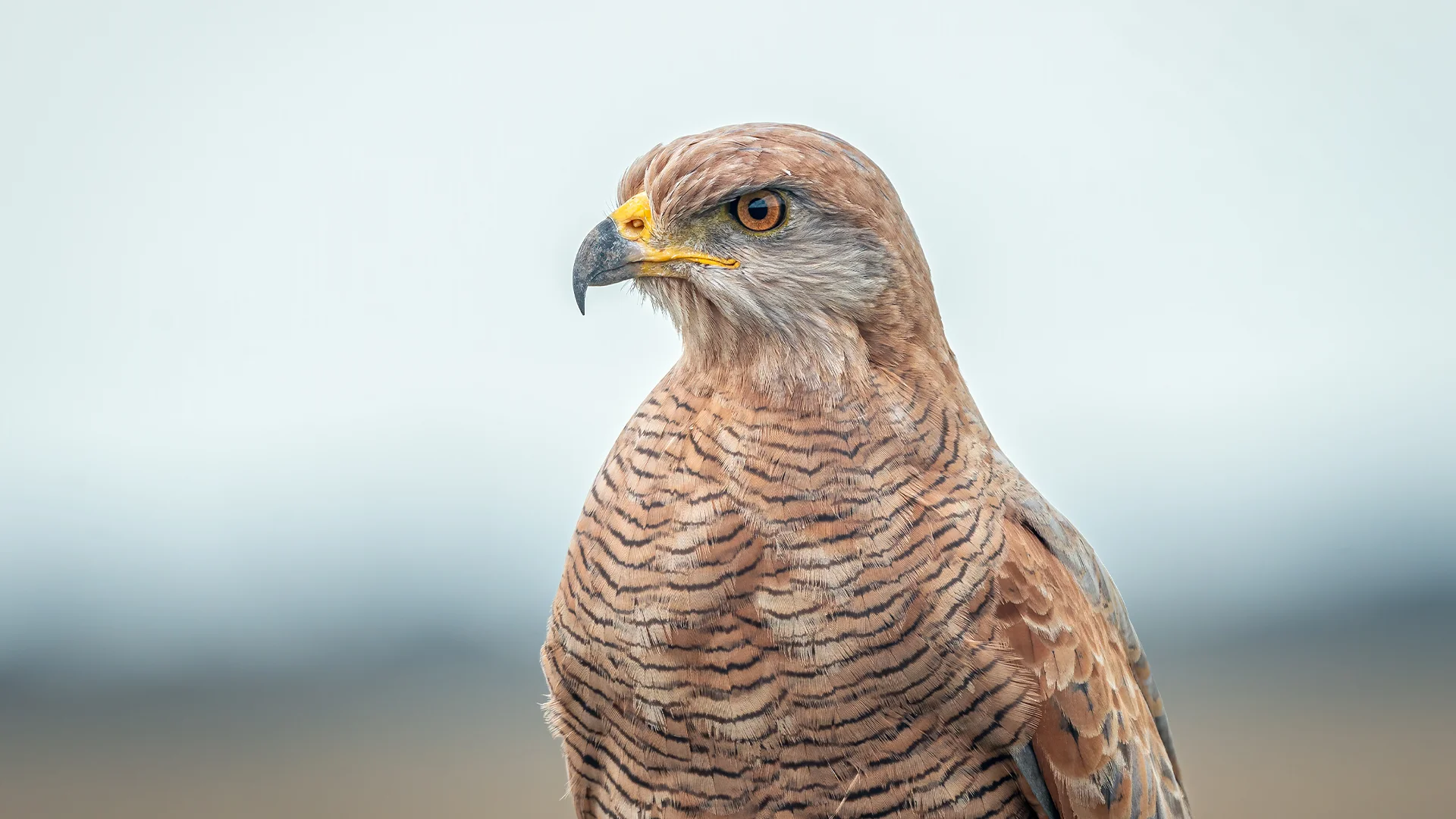
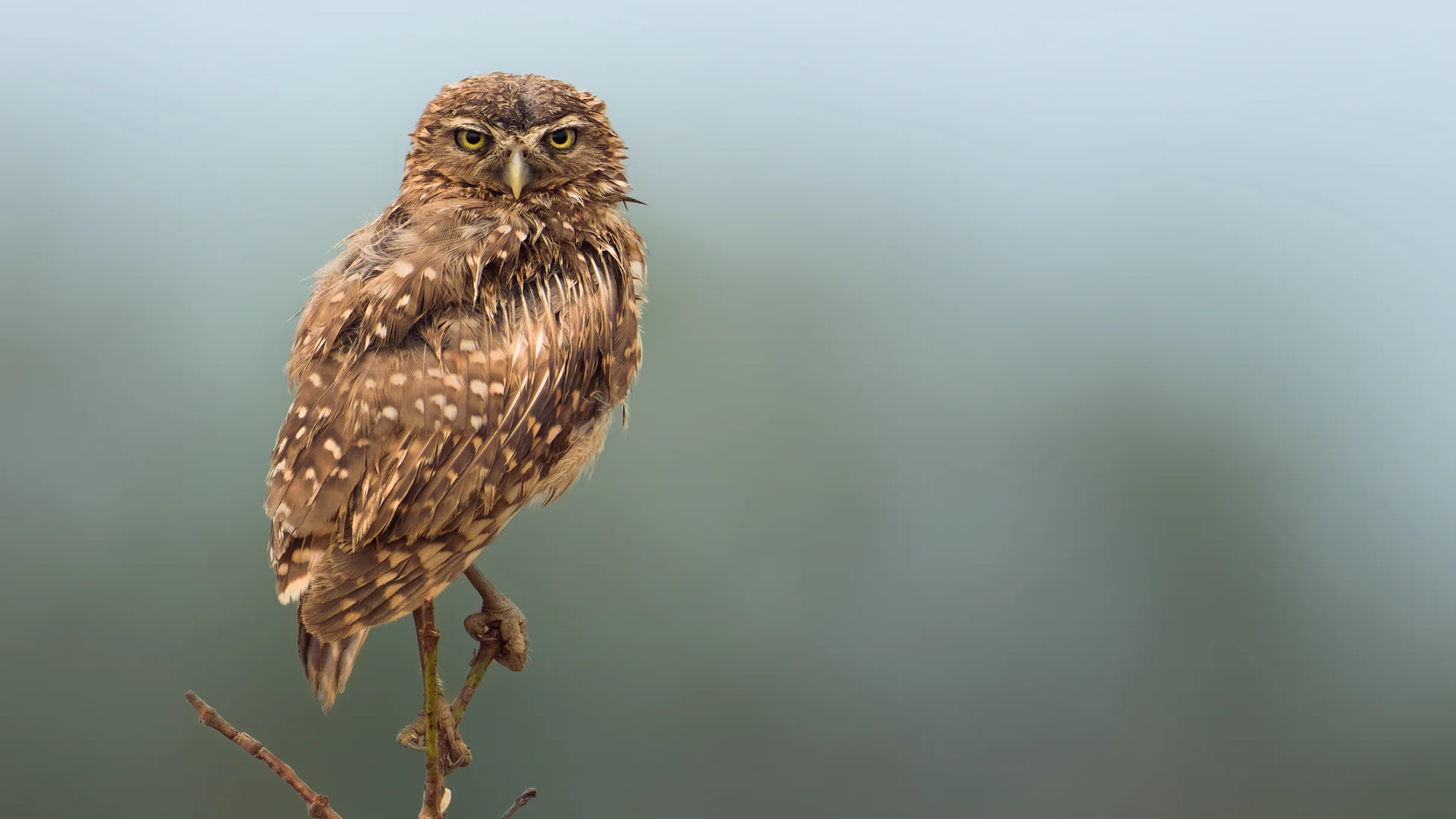
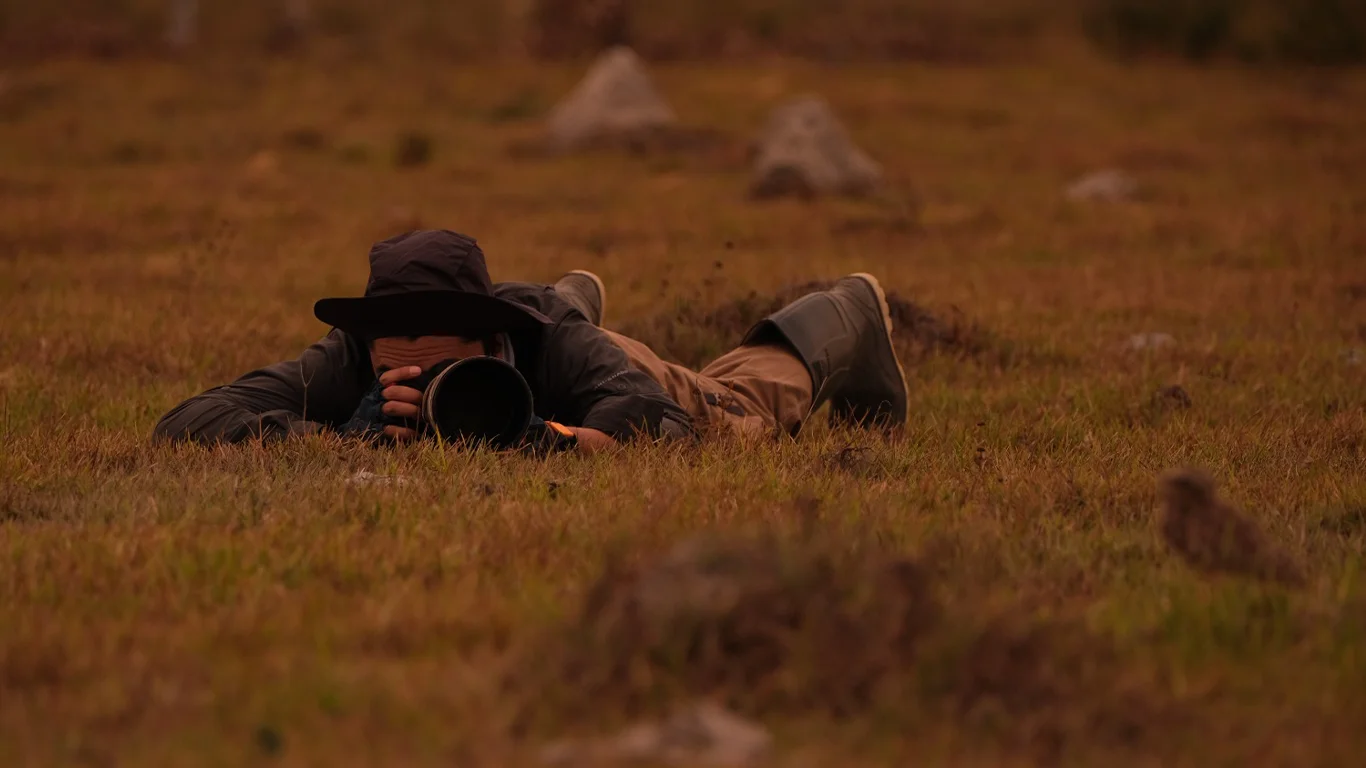
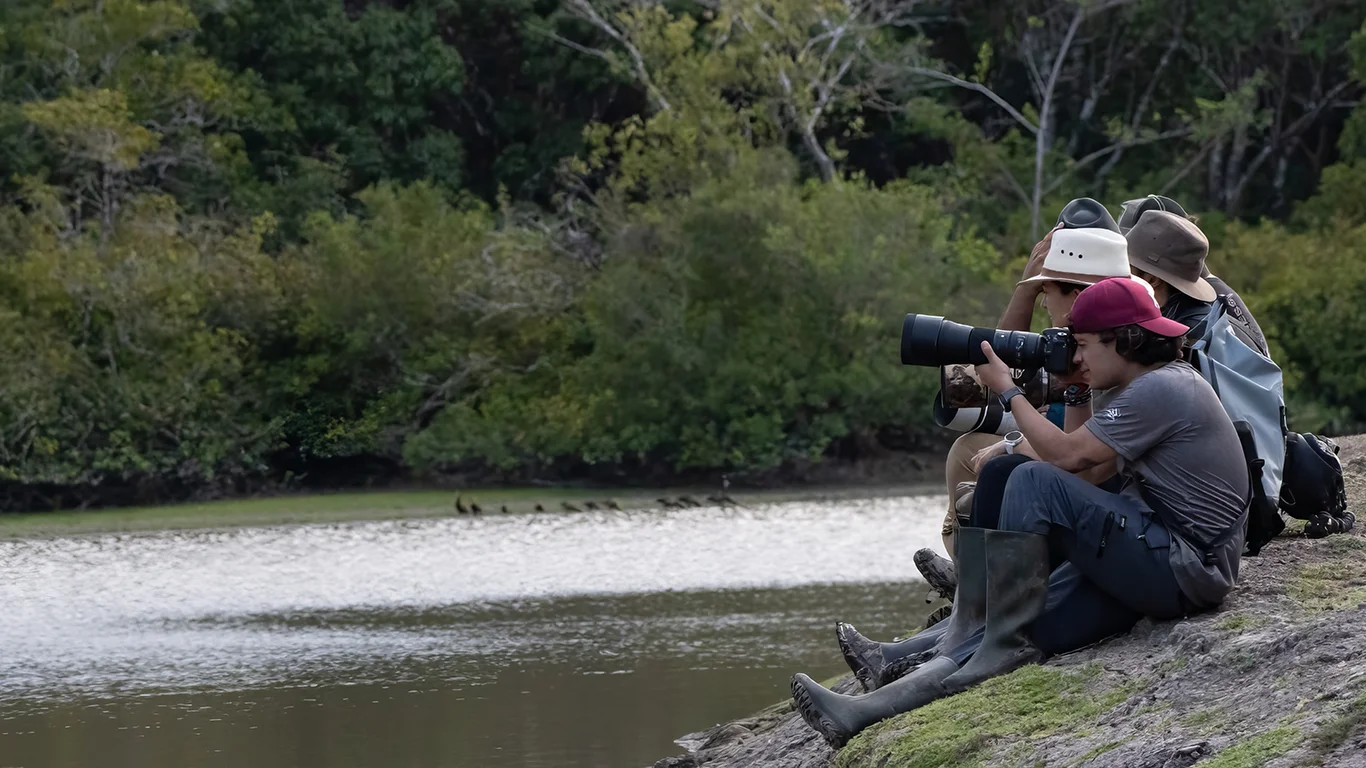
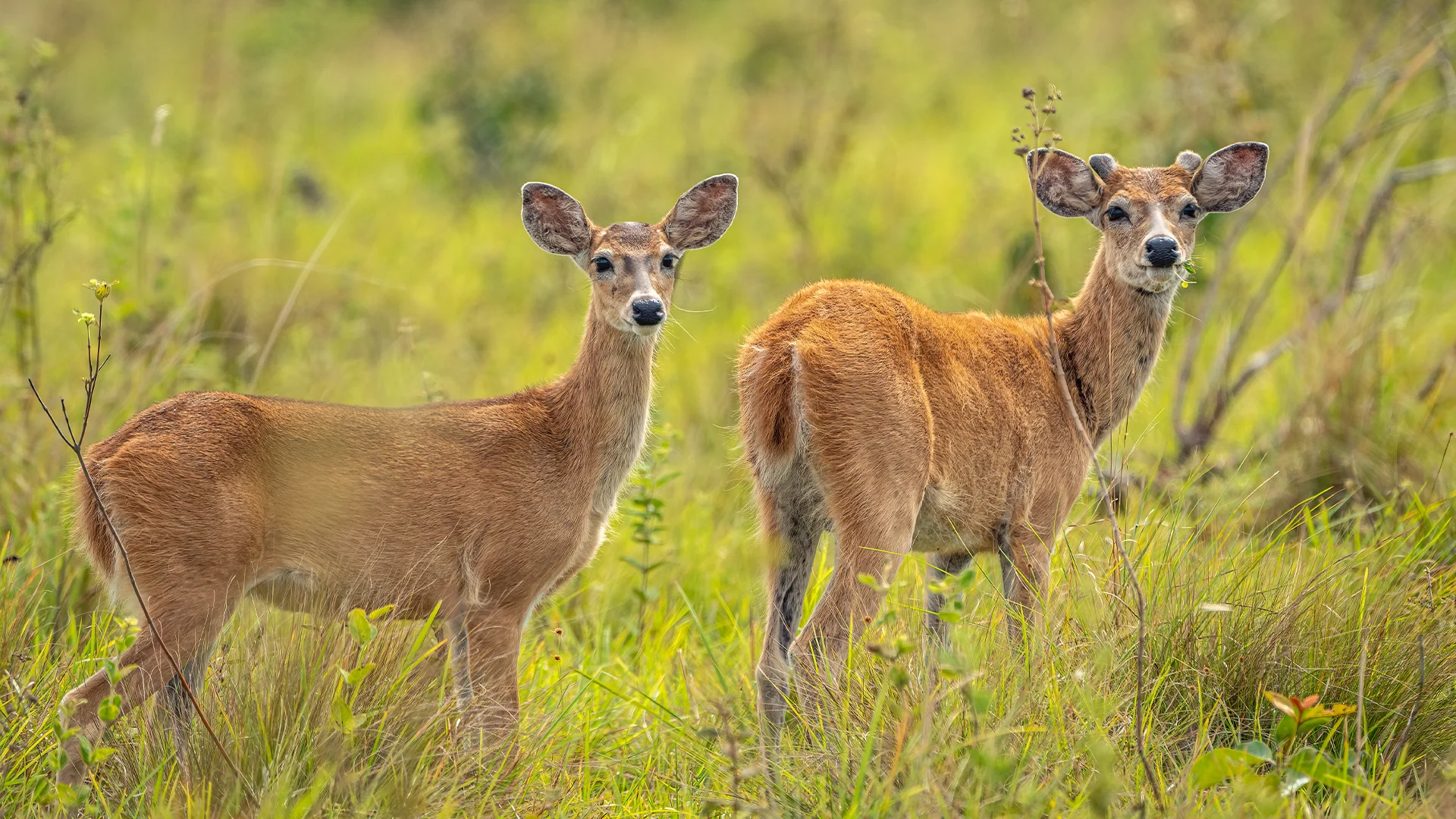
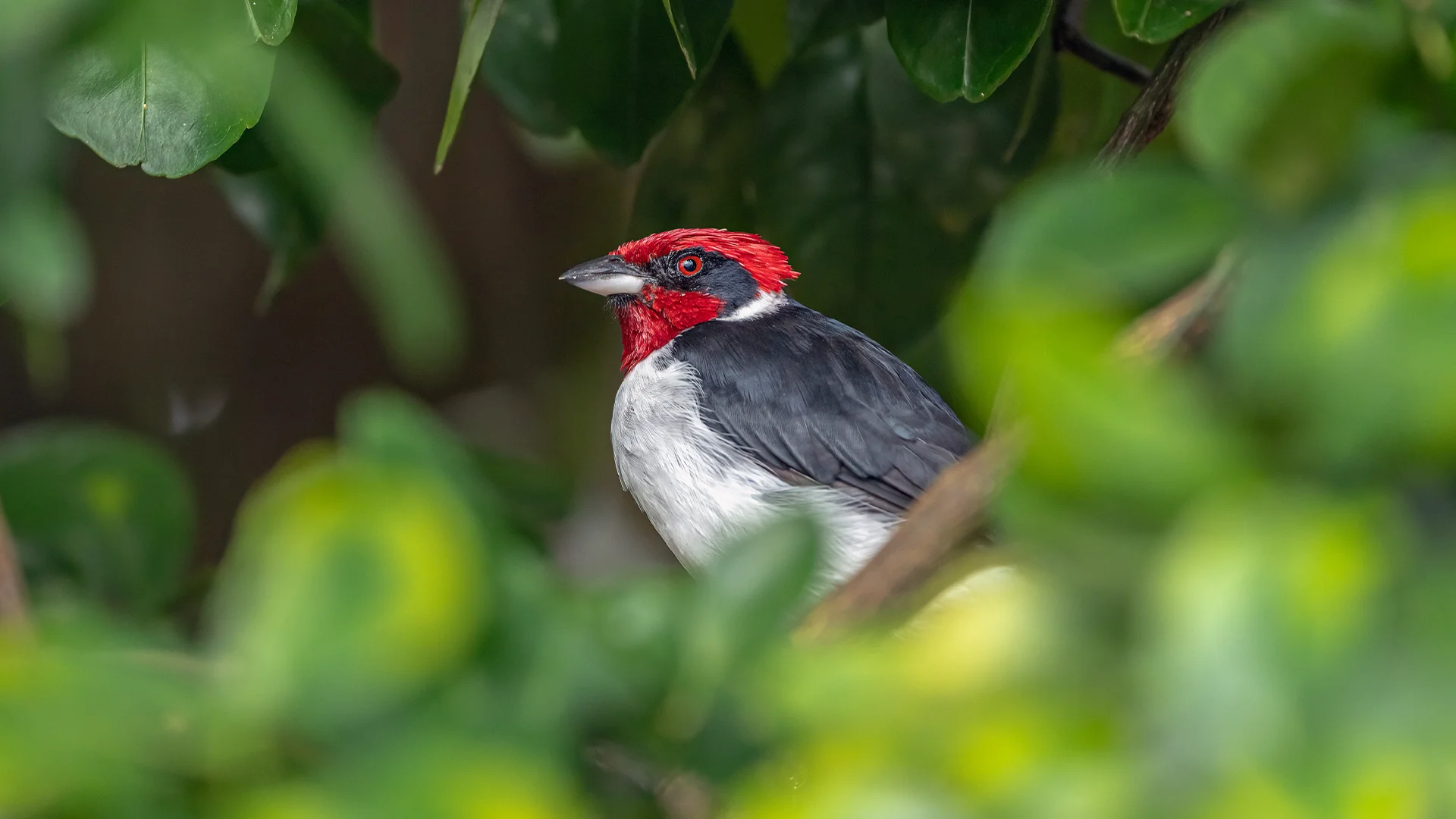
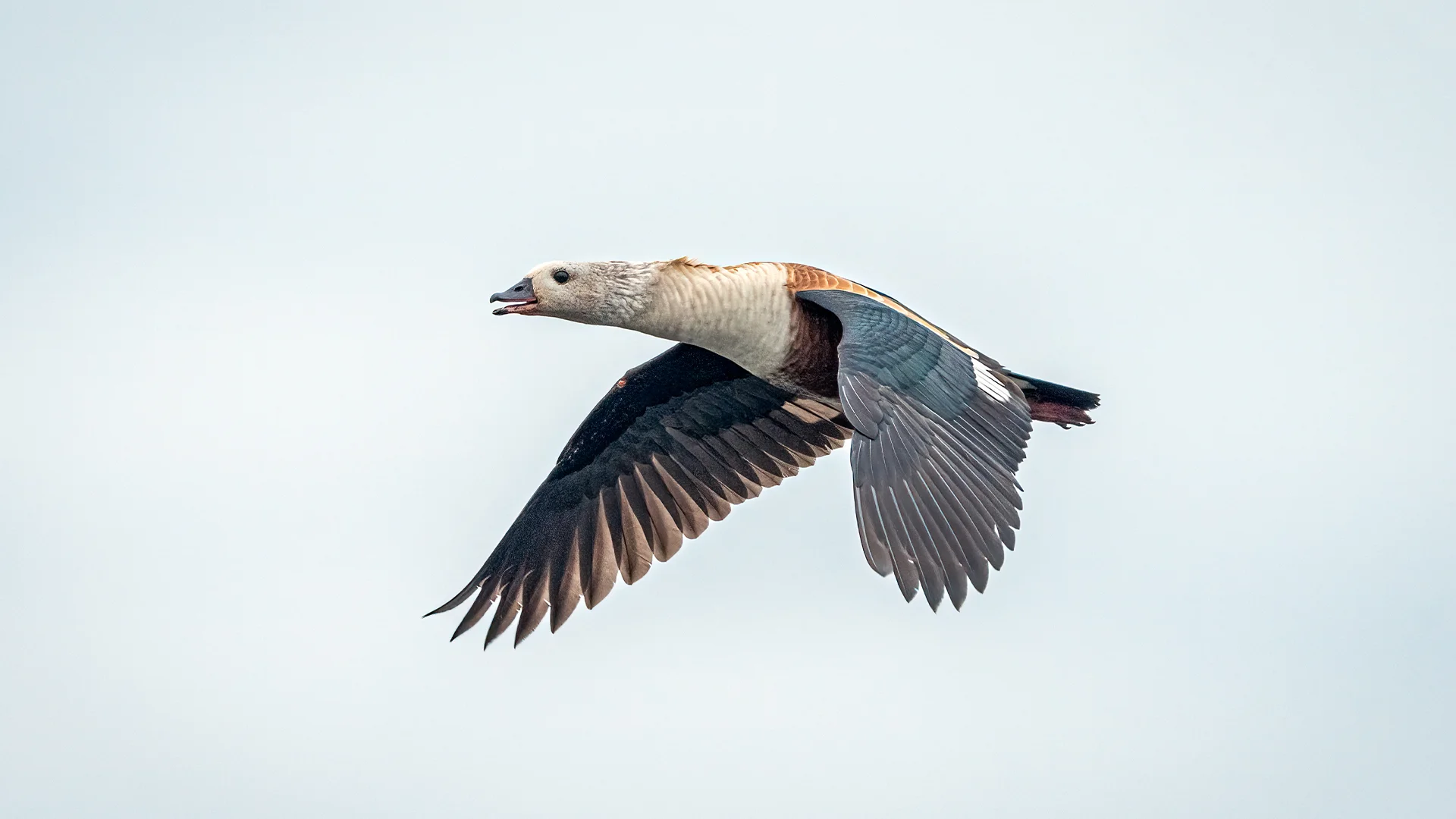
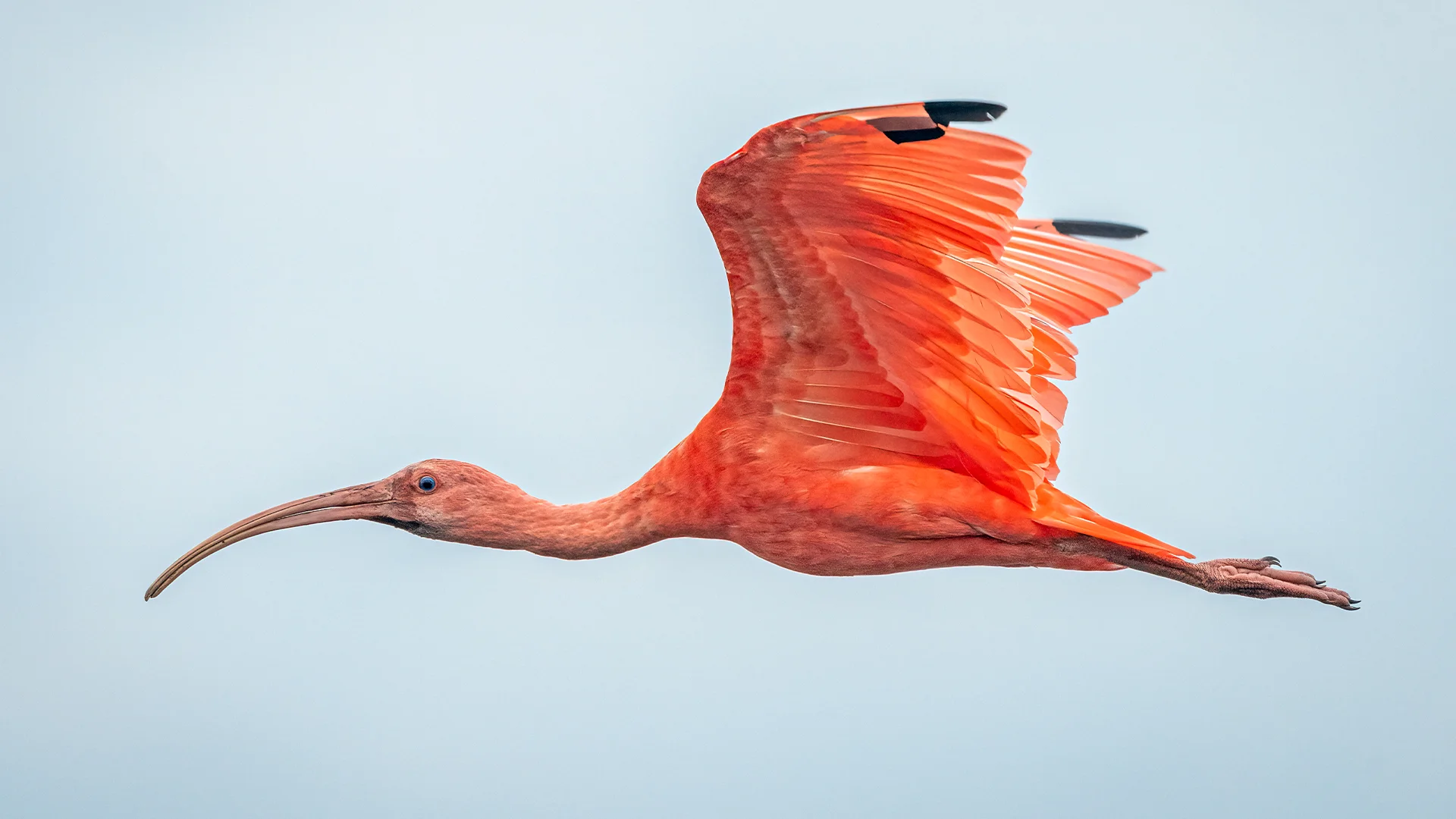
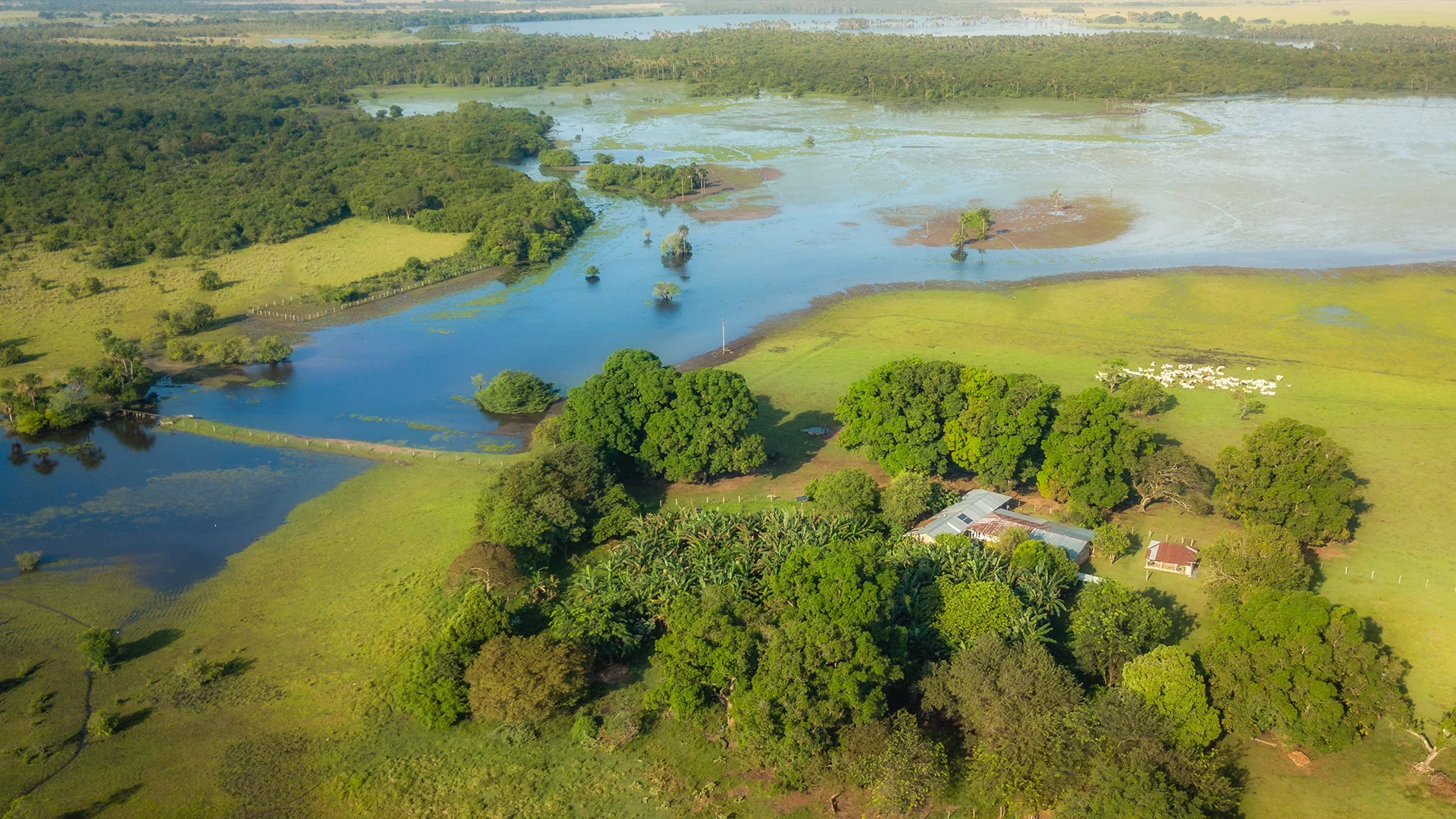
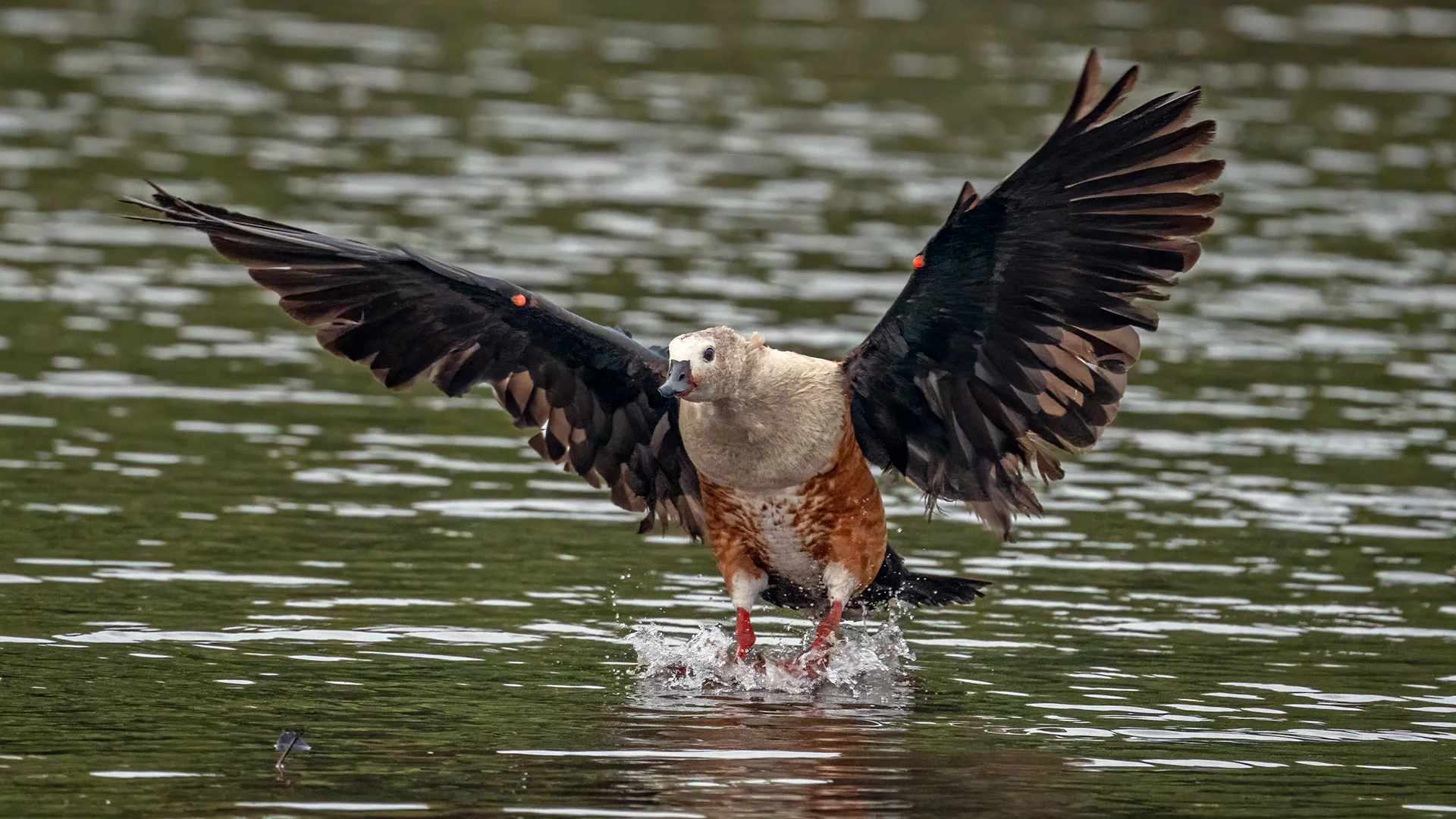
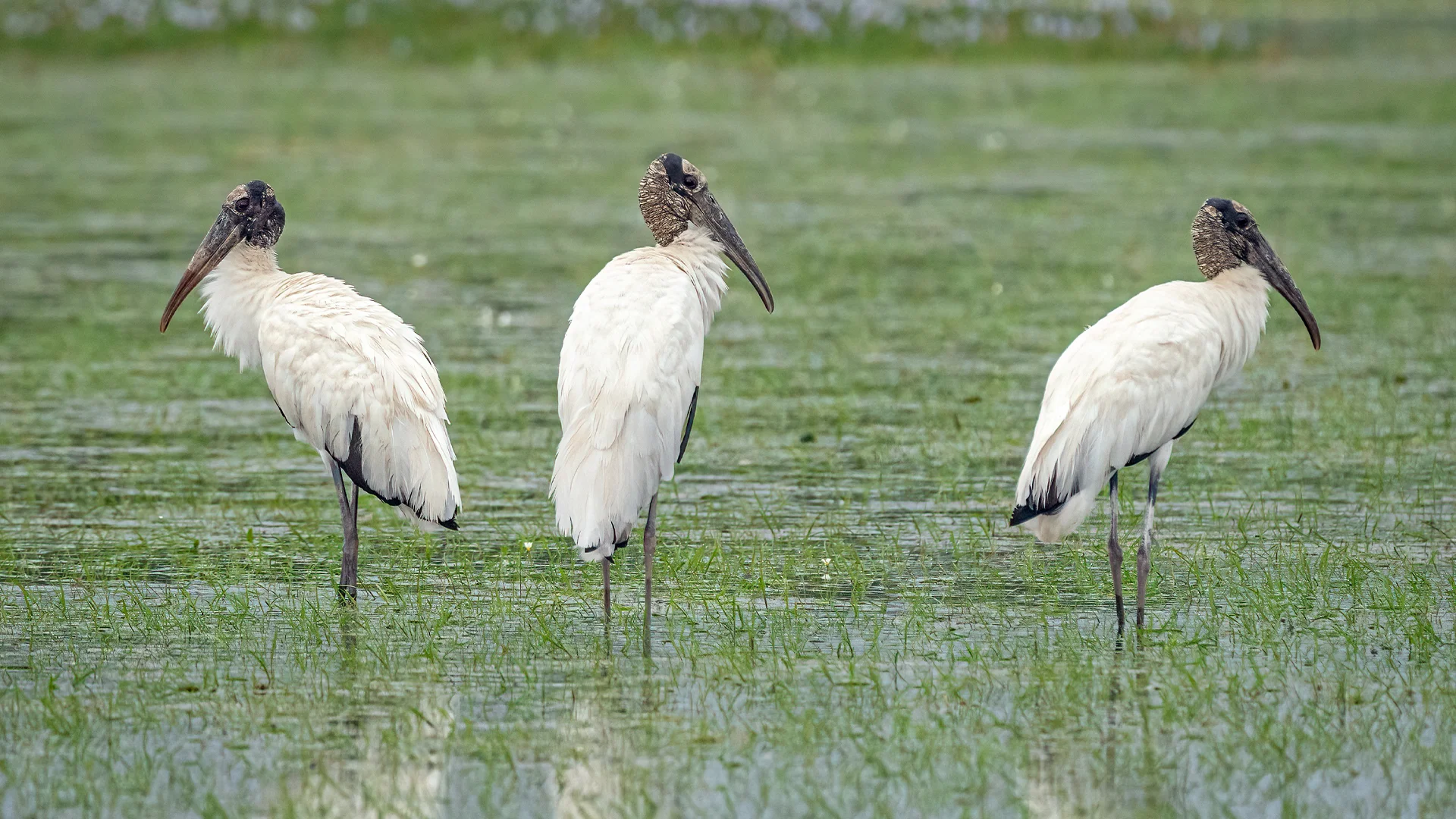
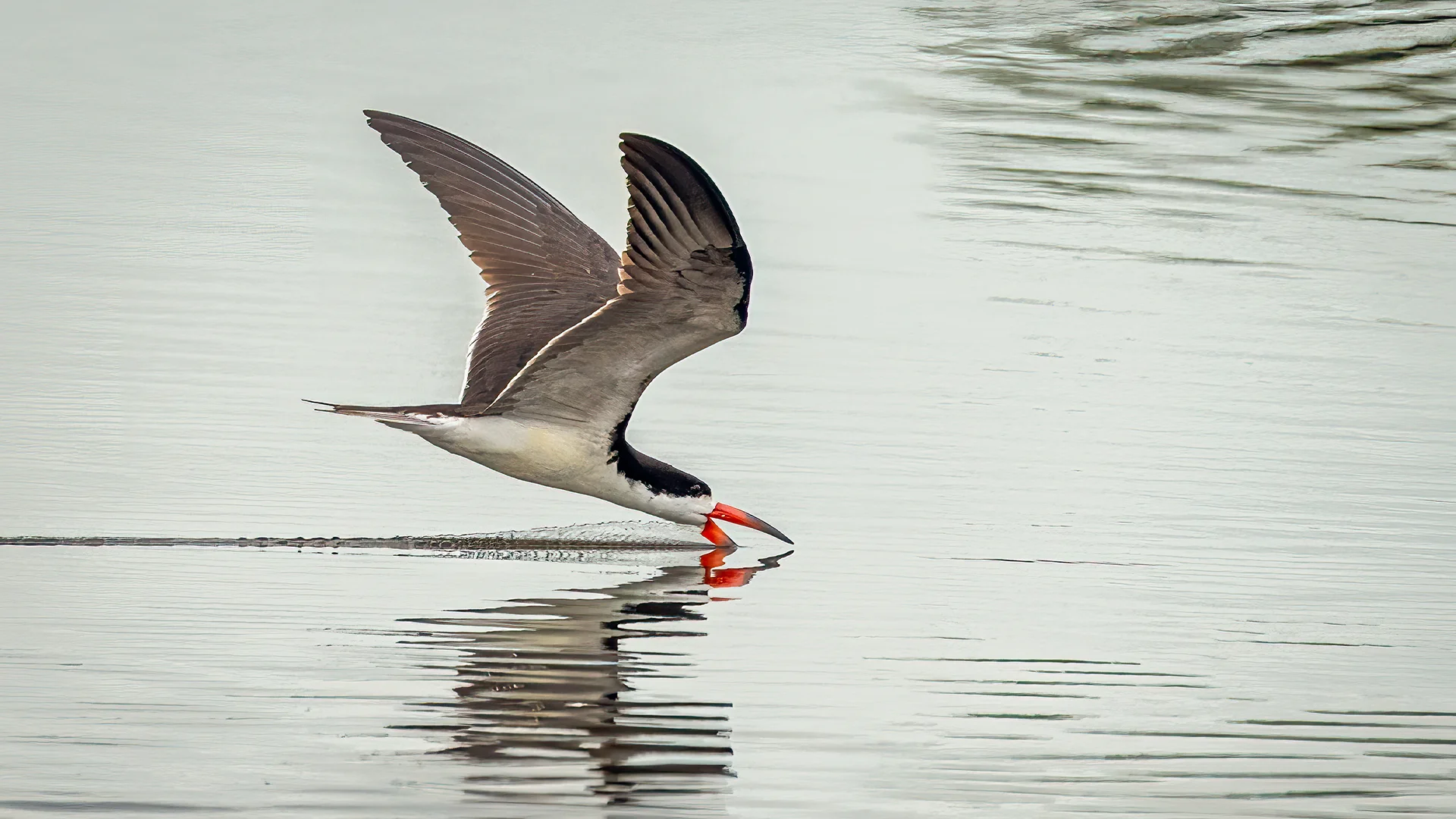
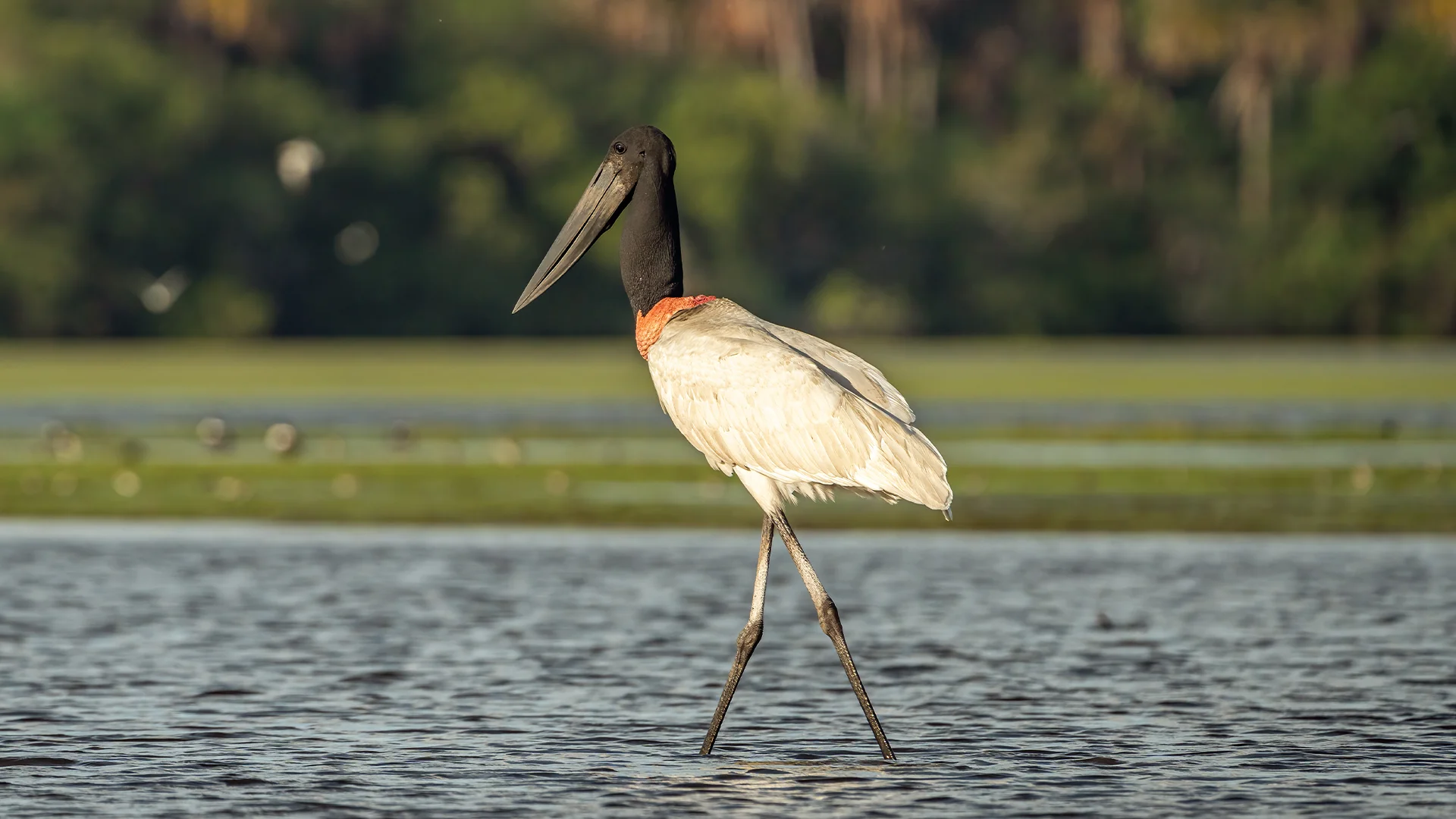
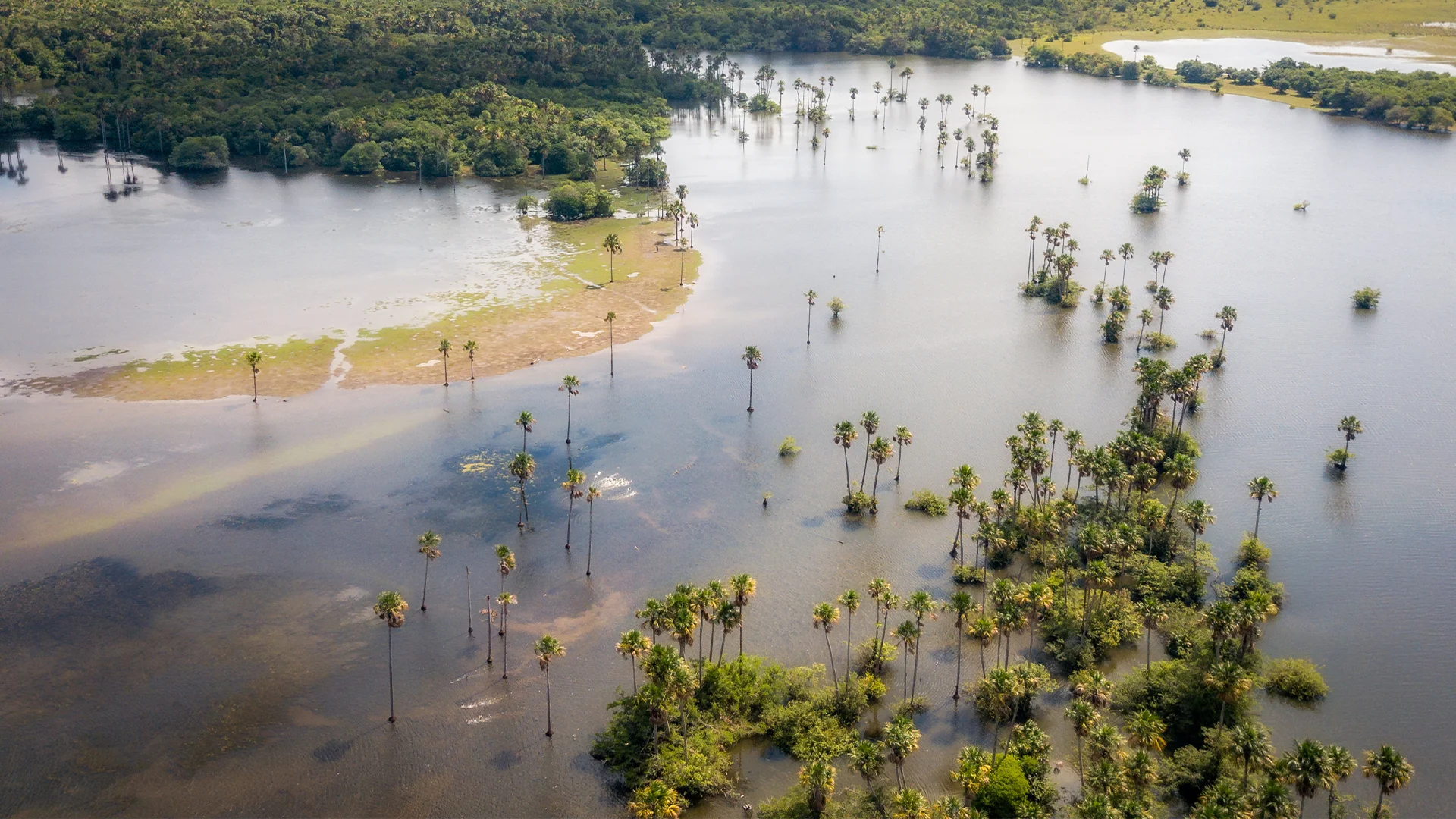
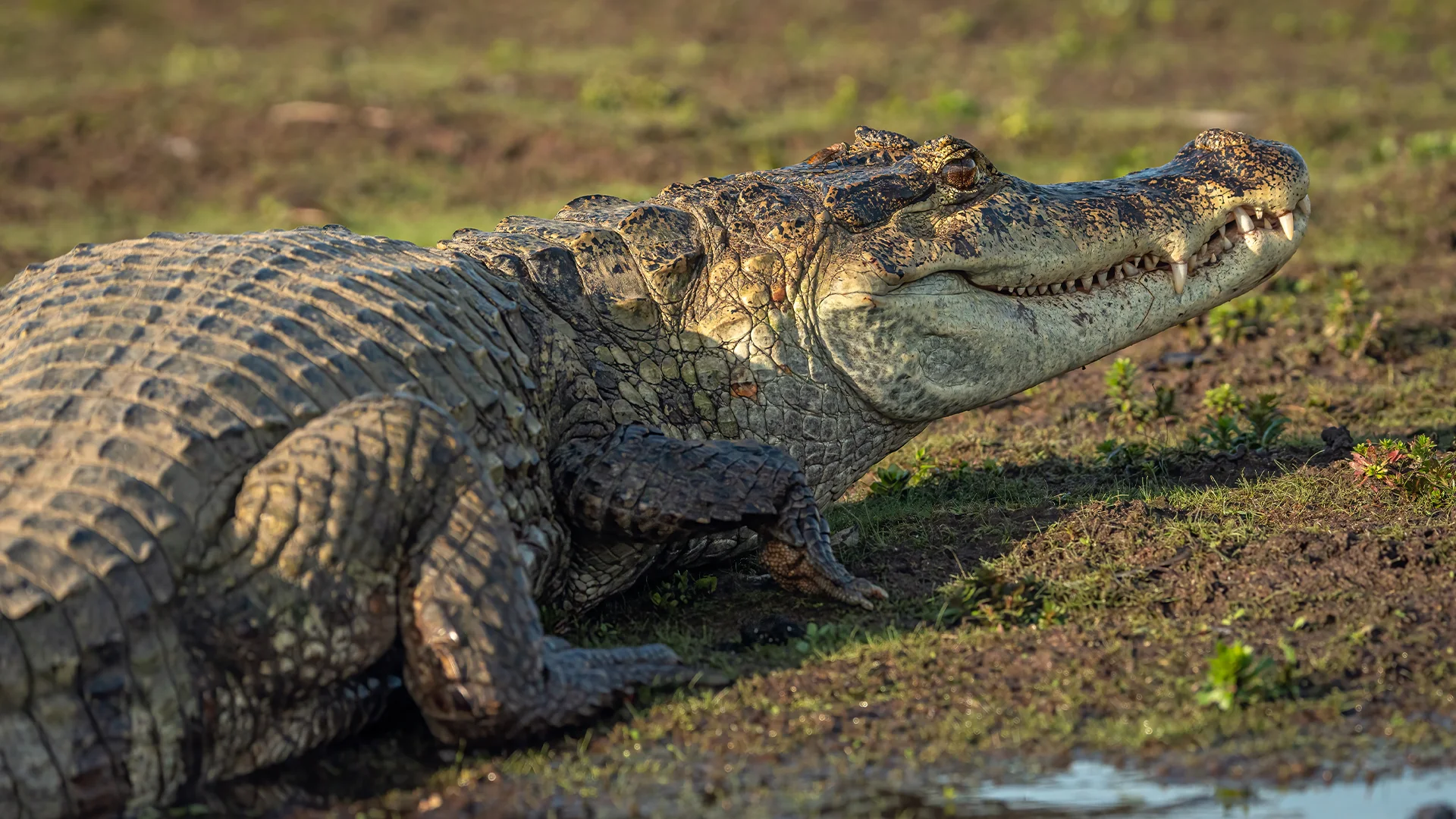
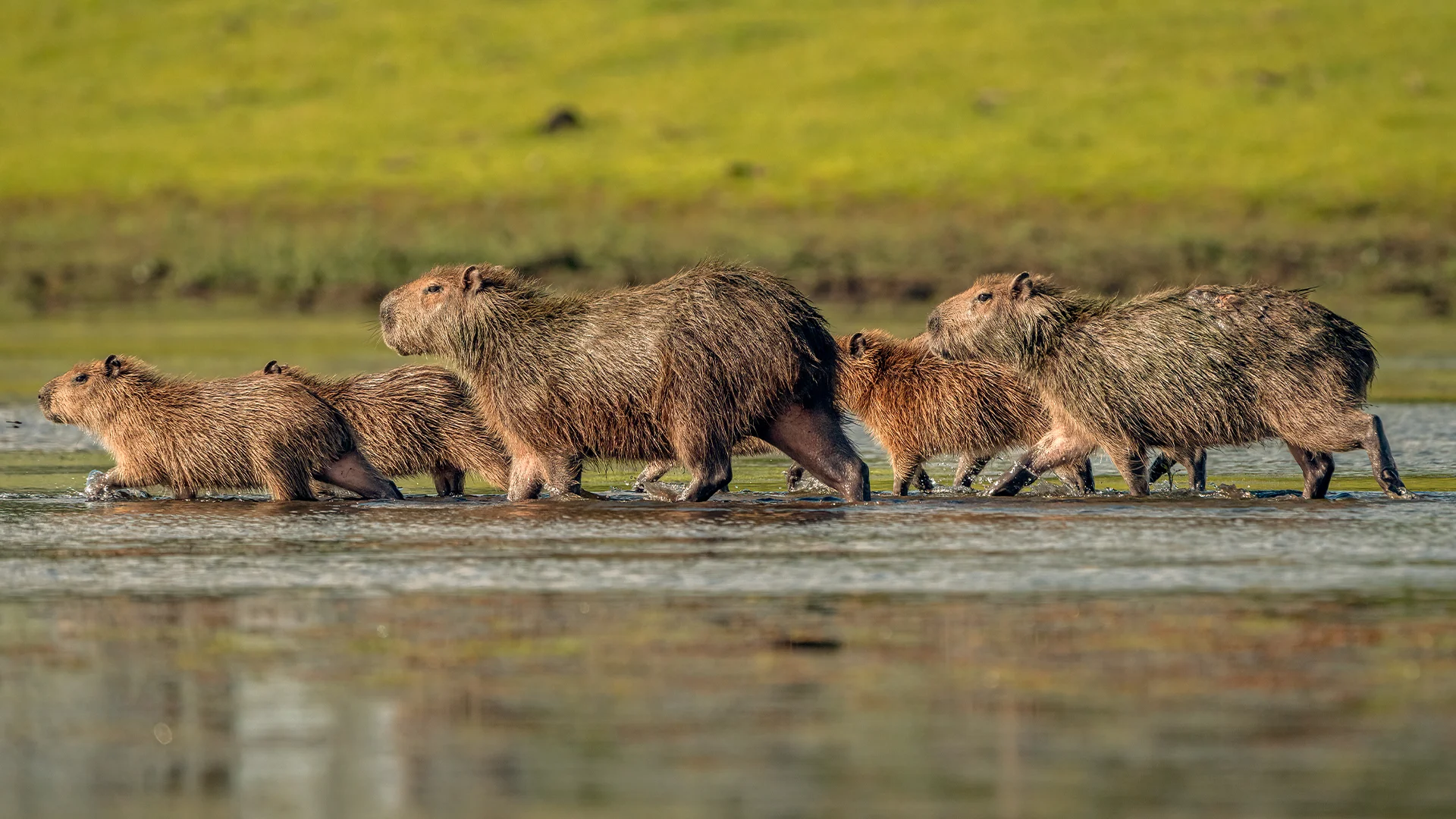
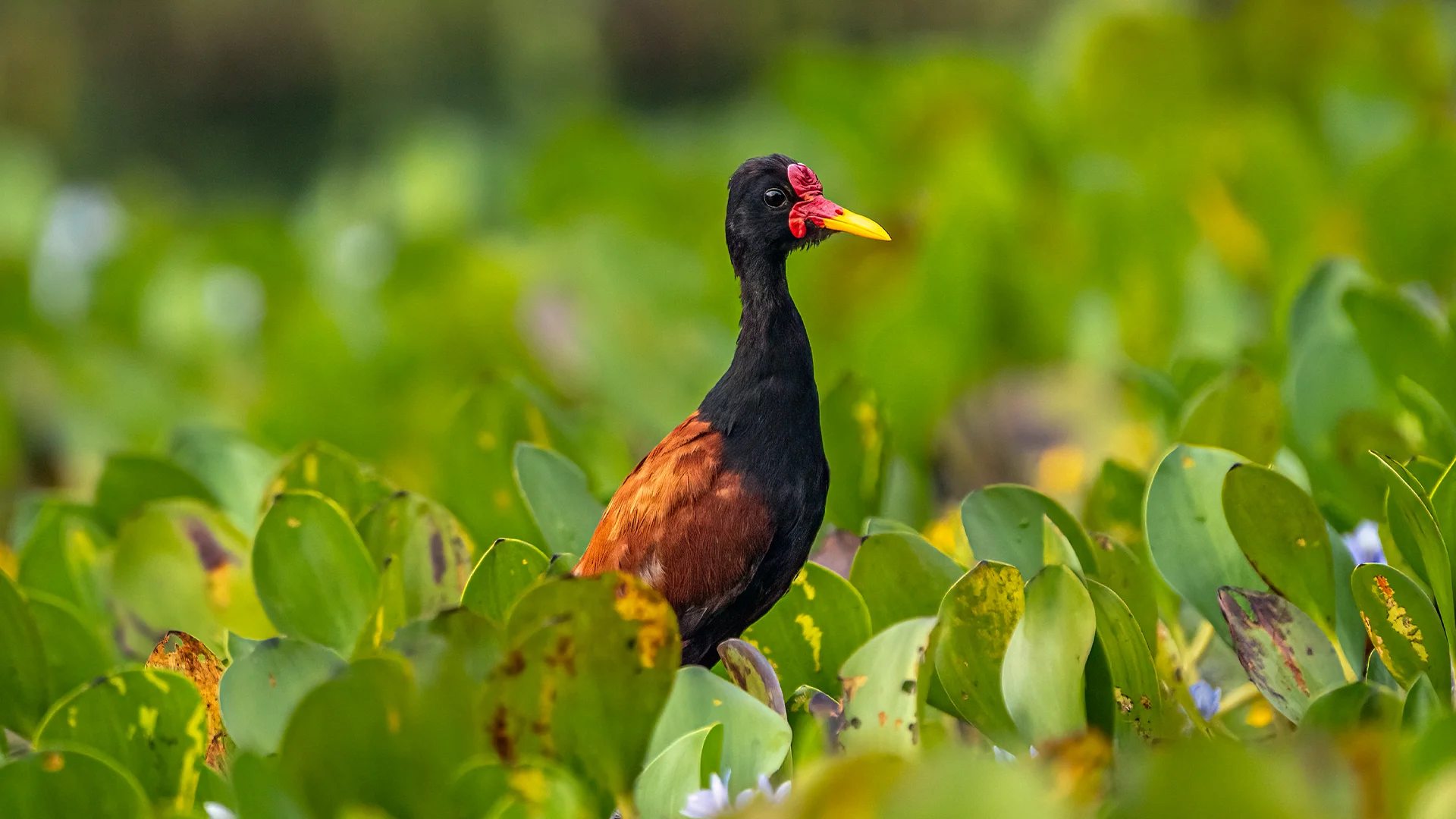
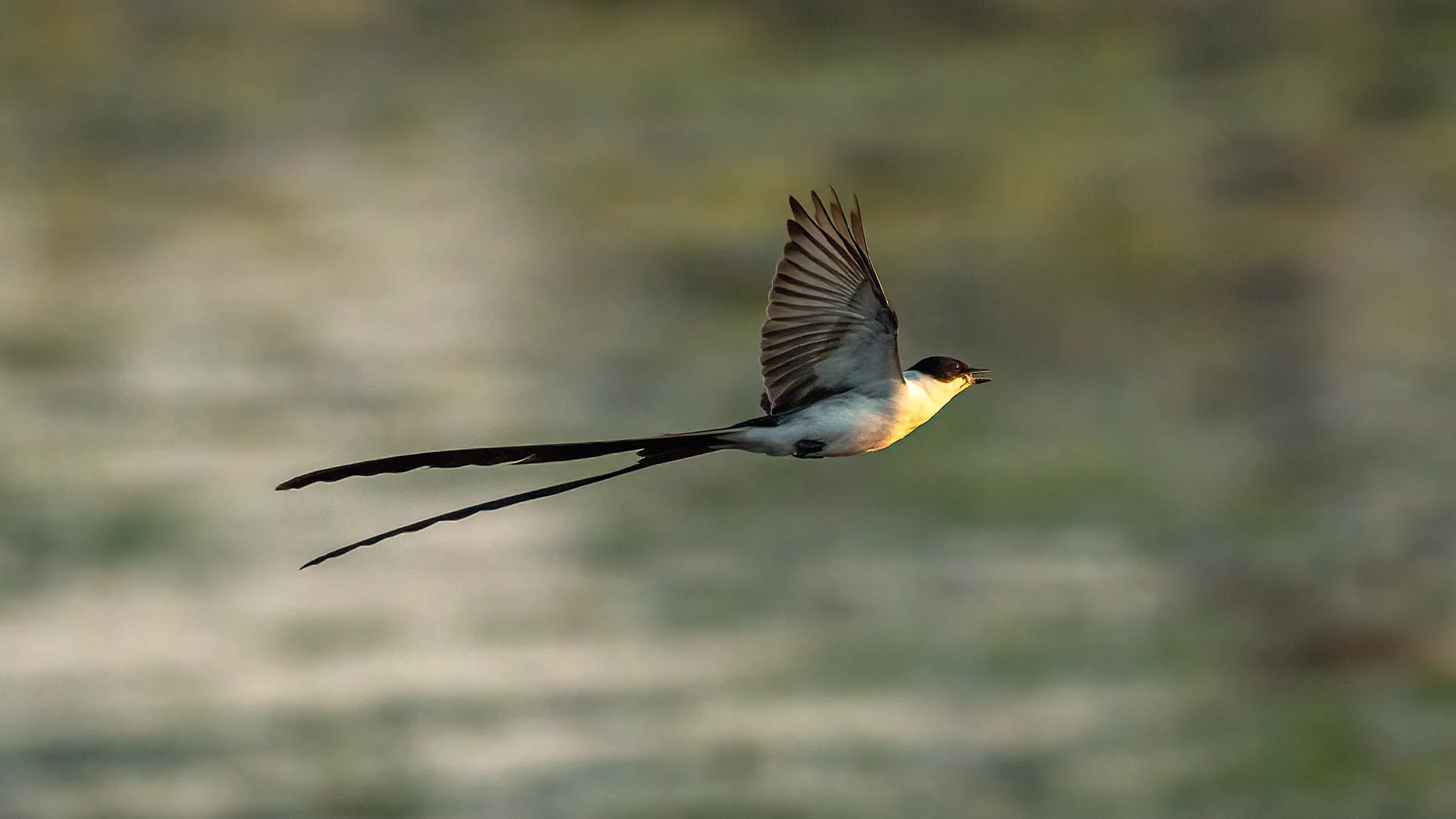
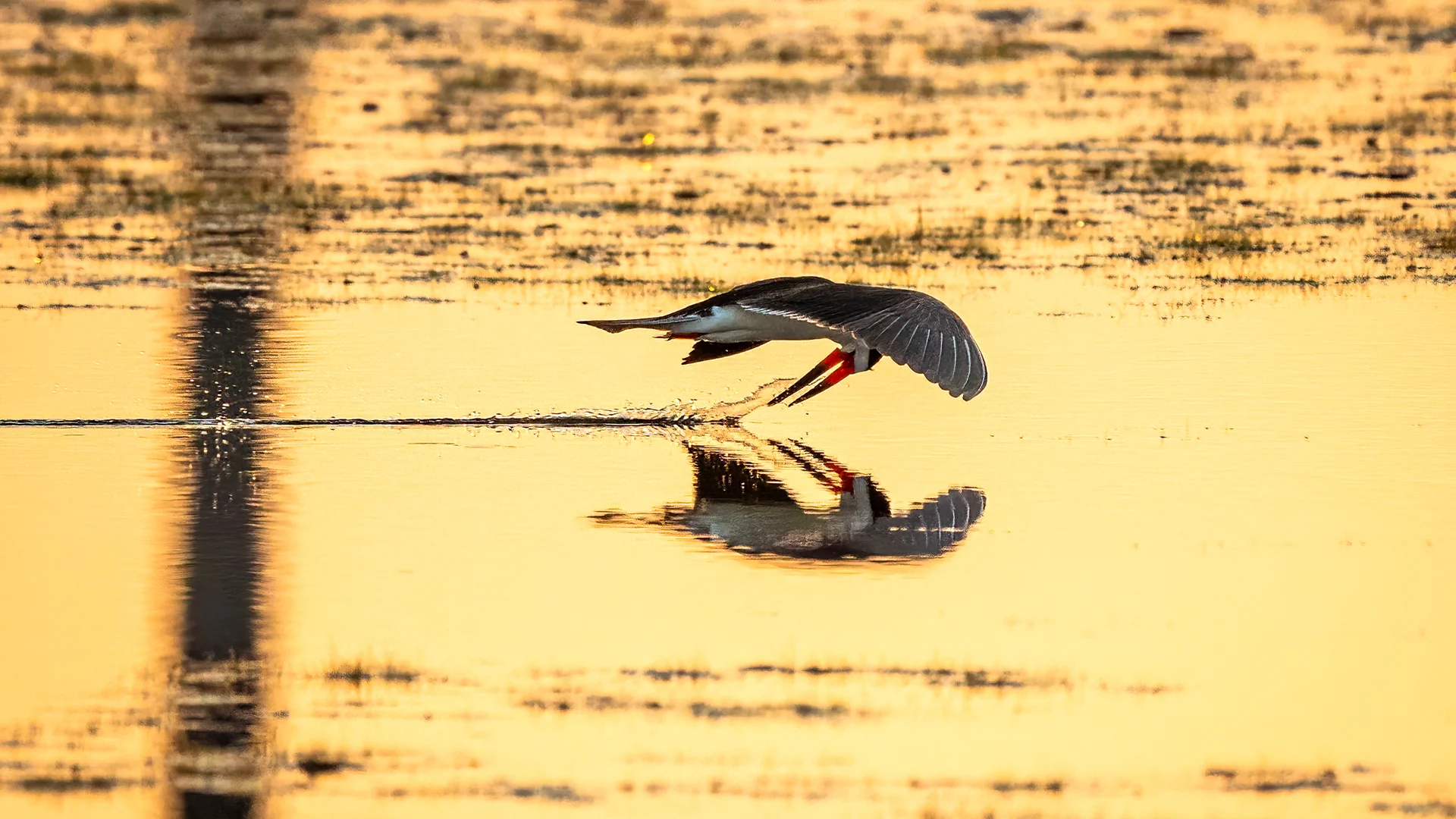
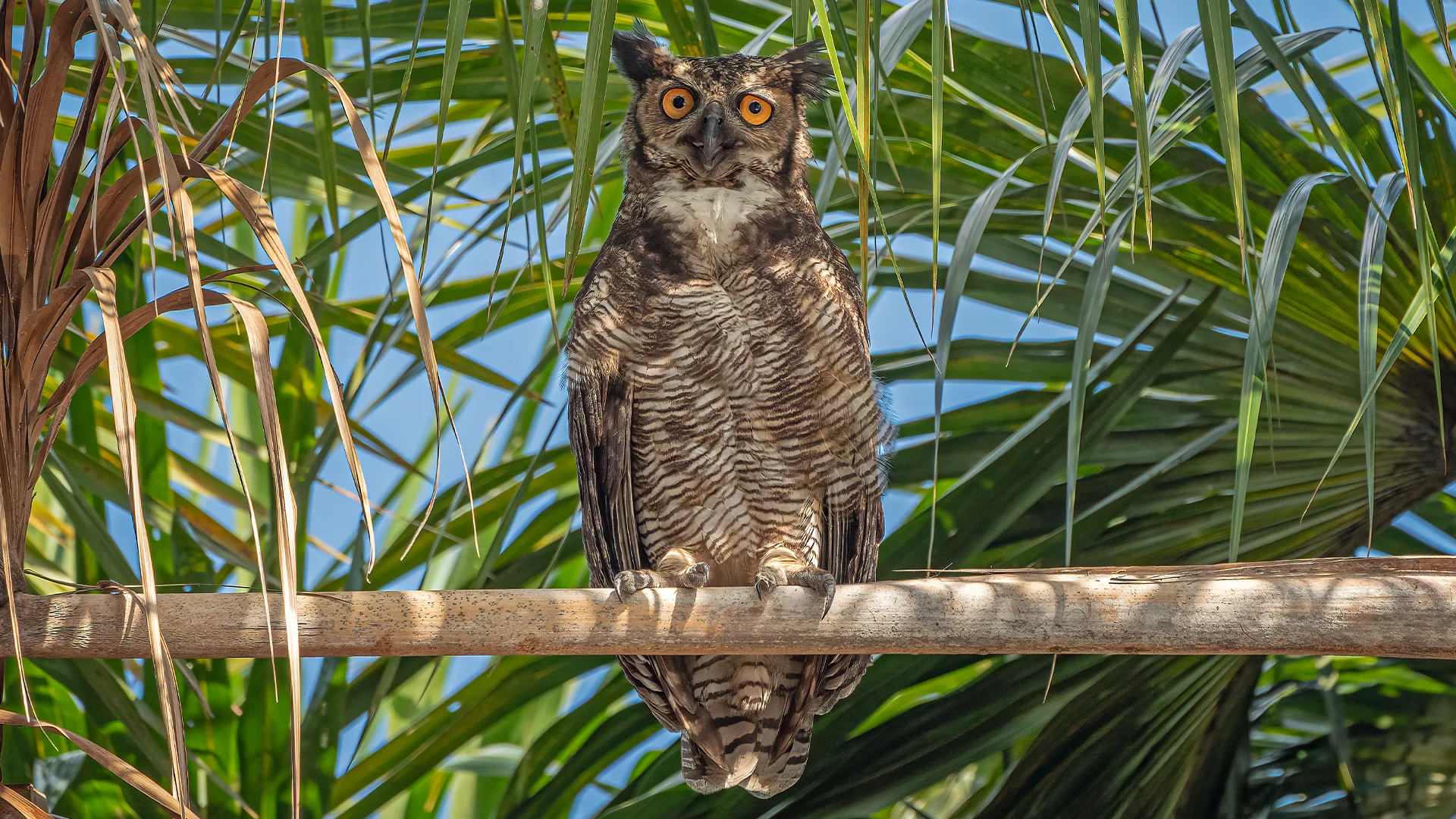
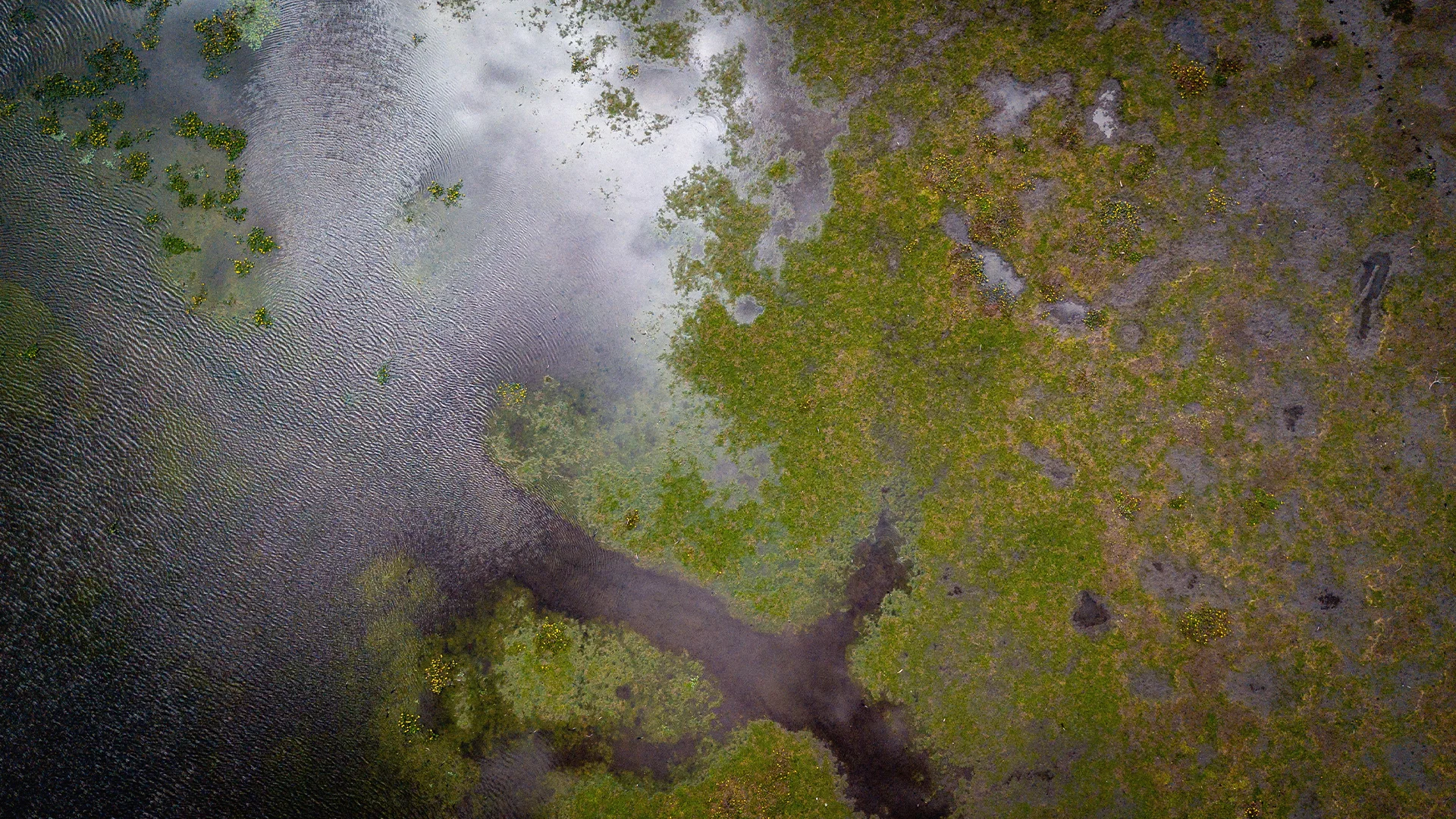
Photographs taken by our photographers, students and photographic tour assistants.
EXPLORA NUESTROS TOURS DISPONIBLES
Datos Curiosos de la Región Orinoquía
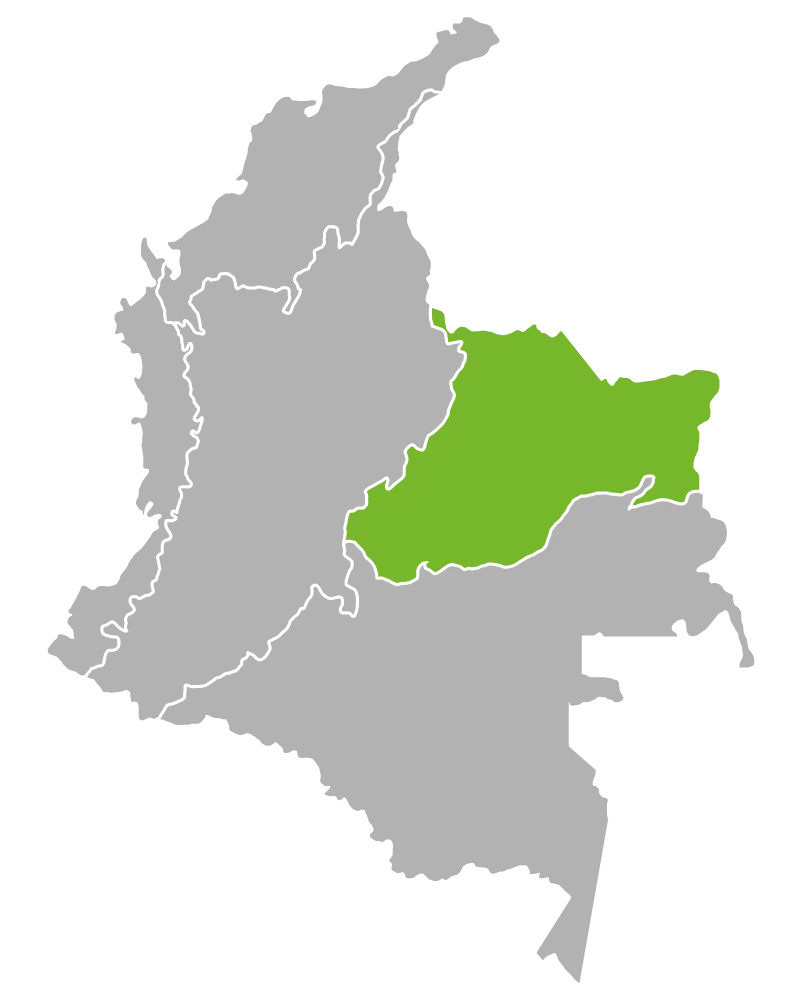
The Orinoco is one of the 6 natural regions of Colombia, located in the east of the country with 4 departments, Arauca, Casanare, Meta, Vichada and north of Guaviare, being the north Guaviare a transition to the Amazon ecosystem.
Many of the cattle ranchers have opted to reduce cattle ranching in order to conserve the ecosystems and open the doors to sustainable tourism, achieving a steady recovery of the savannah affected by cattle ranching and poaching.
The “llaneros” inhabit the region culturally, friendly and cheerful where through the “Joropo” music they tell their past, their beliefs and their loves. They are the people who will welcome us during the photographic expeditions through the Orinoco.
Fauna and flora of the region.
The Colombian Orinoco, a vast expanse of plains and rivers, is home to a rich biodiversity. Its flora is characterized by trees such as the yellow-flowered arauca, the caracoli palm and the sarrapia, which provides oil and chocolate.
The fauna is equally impressive, with the jaguar as a star predator, the llanero caiman as an inhabitant of the waterways, the puma lurking among the vegetation and the river dolphin swimming in the rivers.
In addition, there are the yellow-headed parrot, the arrau turtle and a variety of aquatic life. In this fragile balance, the interconnection between predators and prey is manifested in the vast landscape of the Orinoco.
Culture and Gastronomy
The culture of the Colombian Orinoco is a fusion of indigenous and mestizo influences. Plains music, with its joropos and harps, is an essential part of daily life, while dances such as the joropo are an outstanding artistic expression. The rodeo, with its shows of gaucho skills, is a deep-rooted tradition.
Gastronomy highlights local ingredients, such as river fish and beef, which are prepared in succulent dishes like “mamona” and “cachama asada.” The llanera arepa is a common side dish. Additionally, traditional drinks include aguardiente, chicha, and corn “mazamorra.” The Orinoco region offers a rich blend of culture and unique flavors.
Featured Species
- Rynchops niger (Black skimmer).
- Eudocimus ruber (Scarlet Ibis).
- Odocoileus virginianus (White-tailed deer)
- Busarellus nigricollis (Black-collared Hawk).
- Jabiru mycteria (Jabiru).
- Neochen jubata (Orinoco Goose).
- Amazonetta brasiliensis (Brazilian Teal).
- Anhima cornuta (Horned Screamer).
- Himantopus mexicanus (Black-necked Stilt).
- Platalea ajaja (Roseate Spoonbill).
- Phaetusa simplex (Large-billed Tern).
- Buteogallus meridionalis (Savanna Hawk).
- Athene cunicularia (Burrowing Owl).
- Hydrochoerus hydrochaeris (Capibara).
- Myrmecophaga tridactyla (Giant Ant-eater).
- Tamandua mexicana (Tamandua).
- Caiman crocodilus (Spectacled caiman).
Biodiversity
Colombia’s Orinoquía, a vast region of plains and rivers, is a treasure of natural diversity. Its diverse landscape is home to a wide range of animal and plant species. From majestic jaguars, felines that dominate the land, to caimans that ply its waters, the fauna adapts to its environment of rivers and savannas.
Meanwhile, the flora shows the resplendent beauty of the yellow arauca, the imposing caracoli palm and the sarrapia, source of oil and chocolate. This variety of life, enriched by the rhythm of the joropo and the llanera culture, is a reminder of the need to conserve this unique region for future generations.
